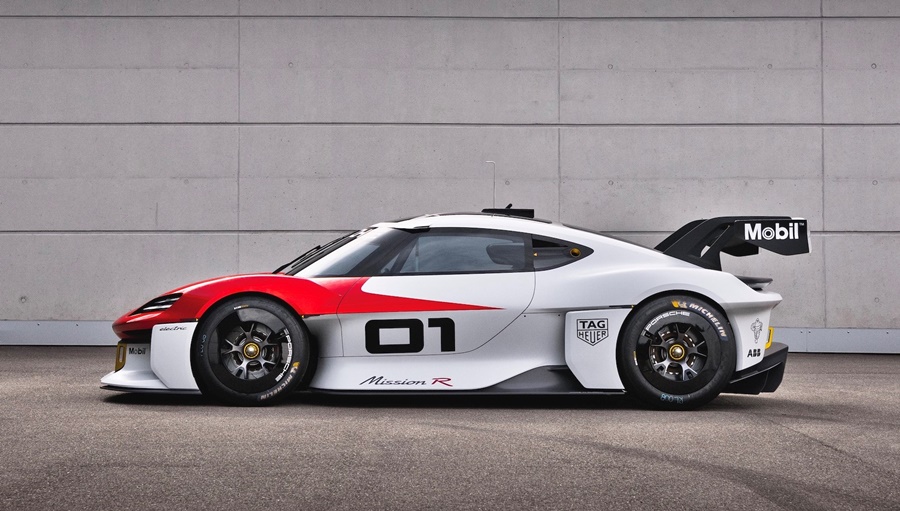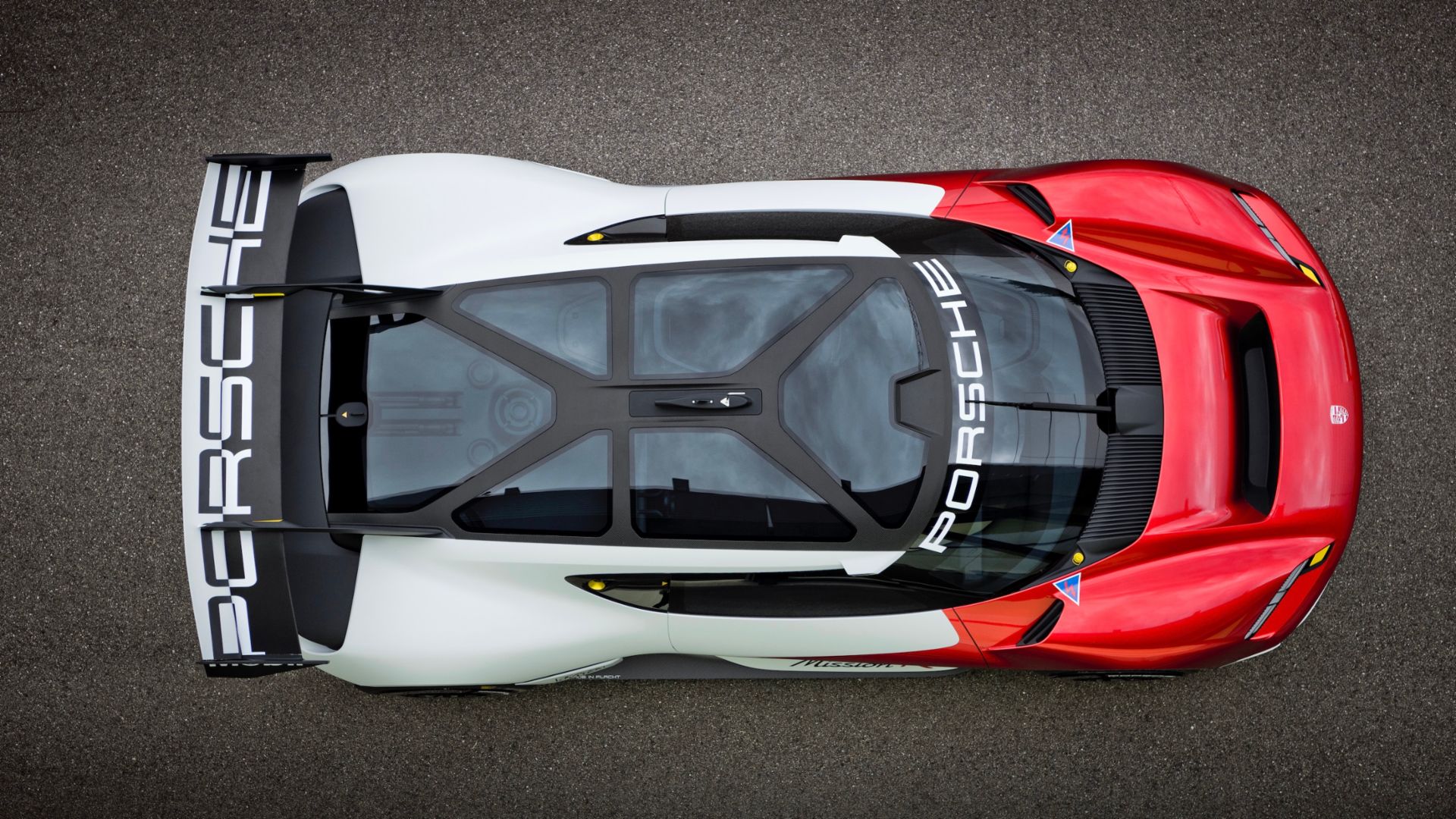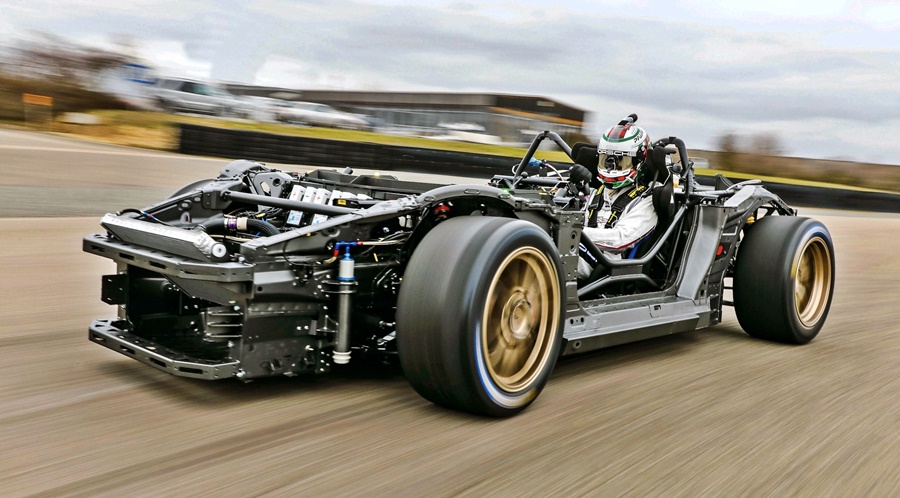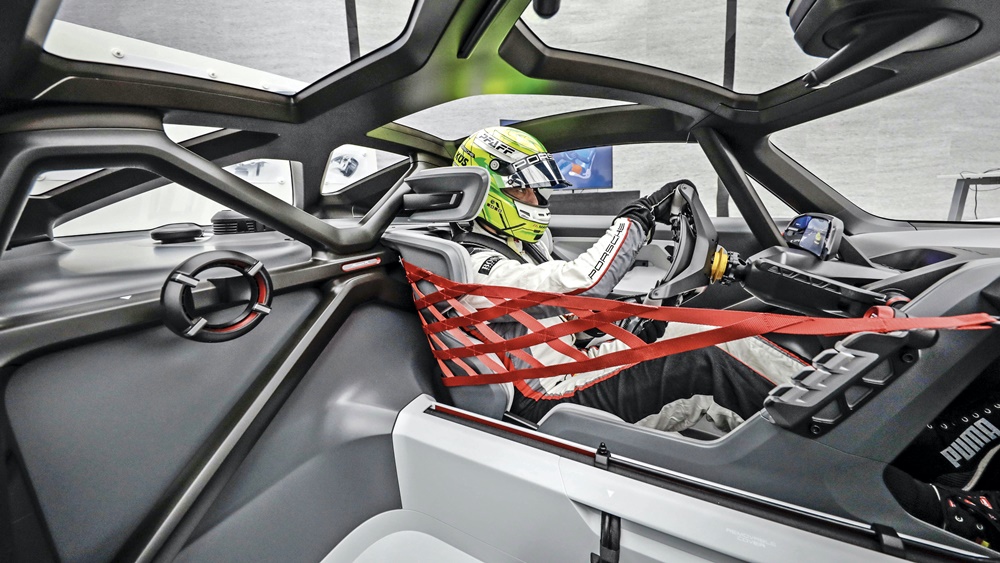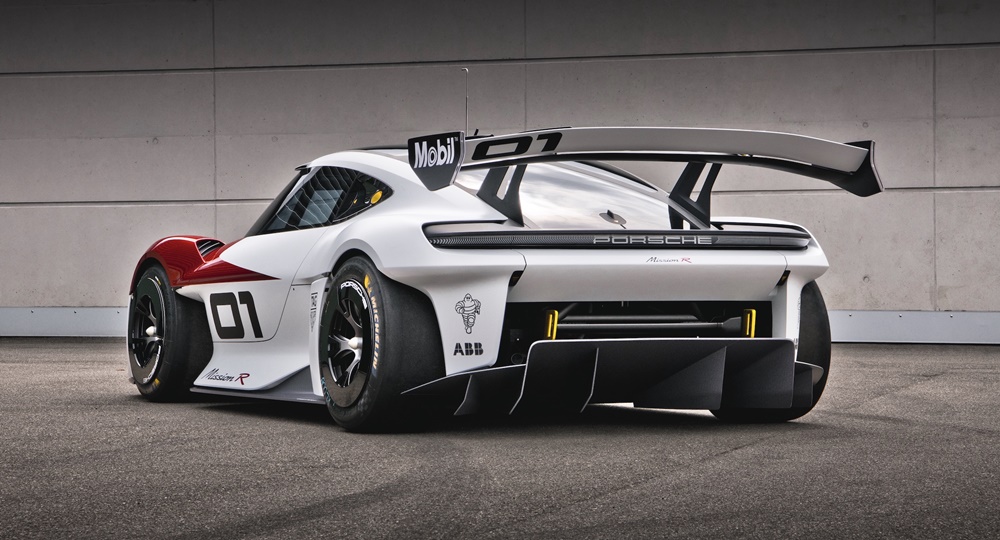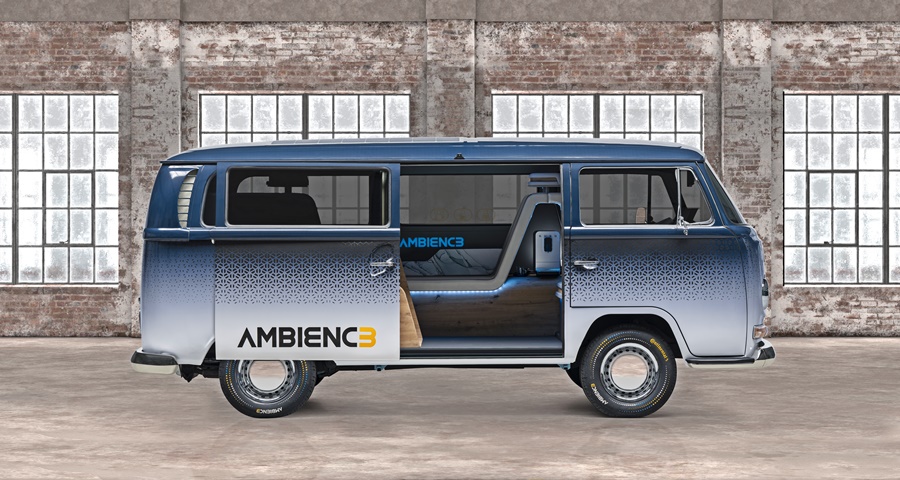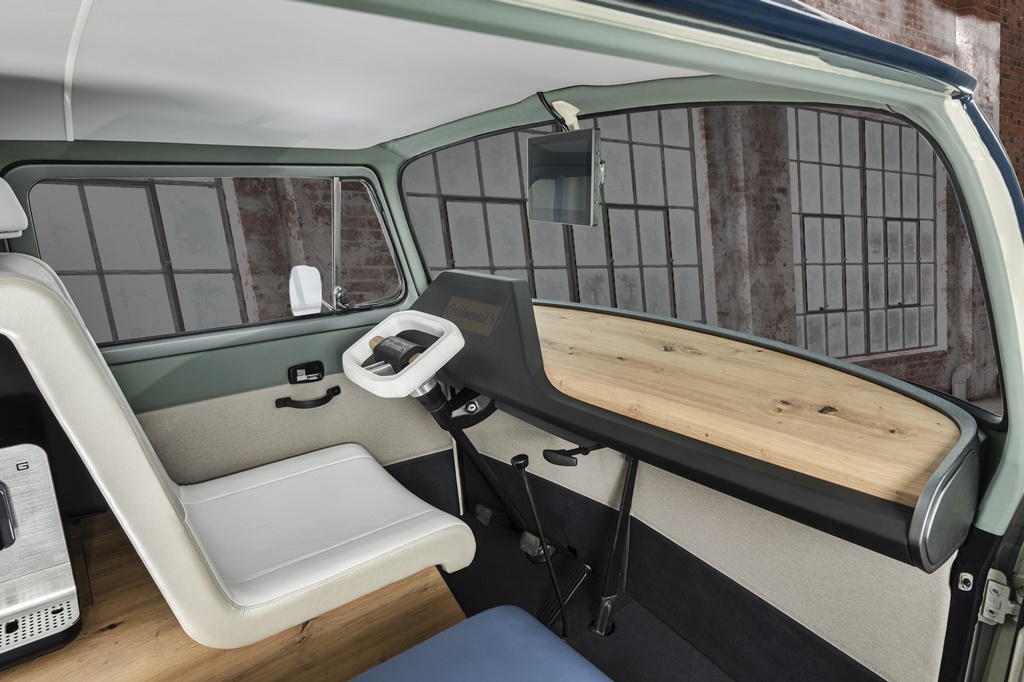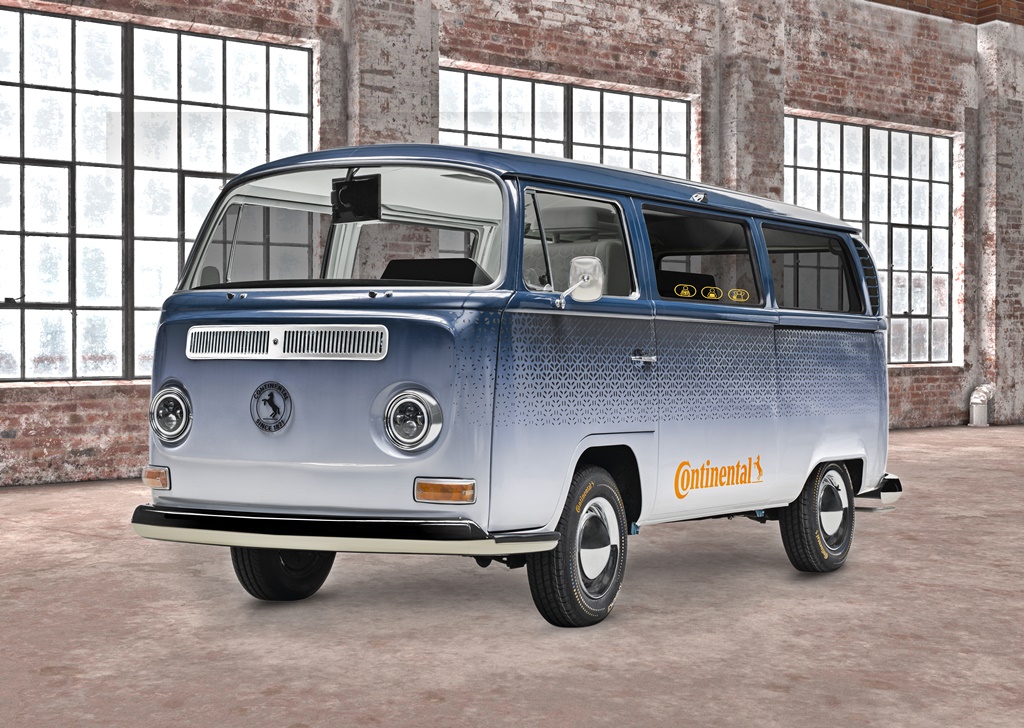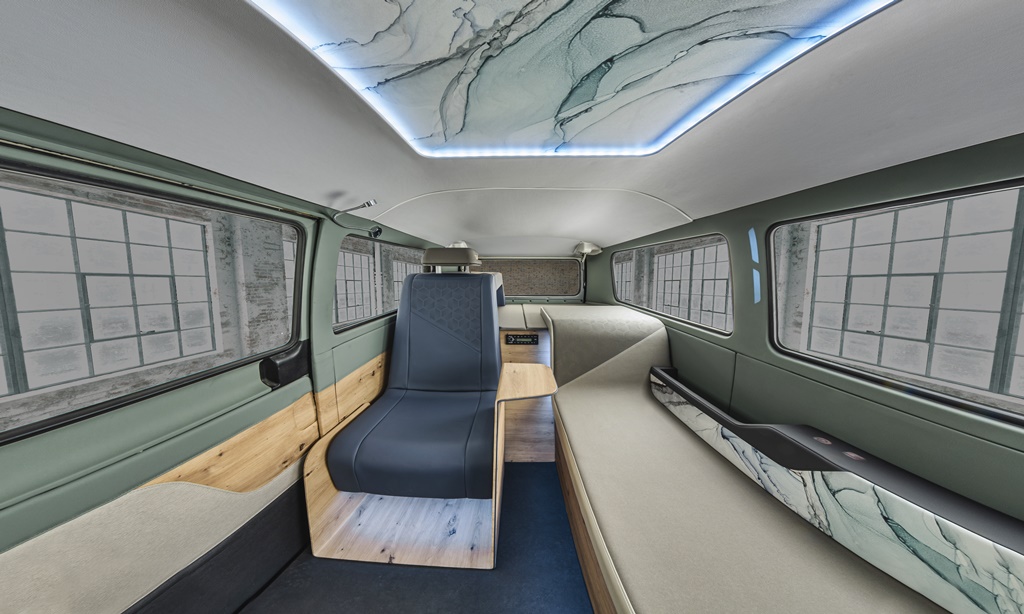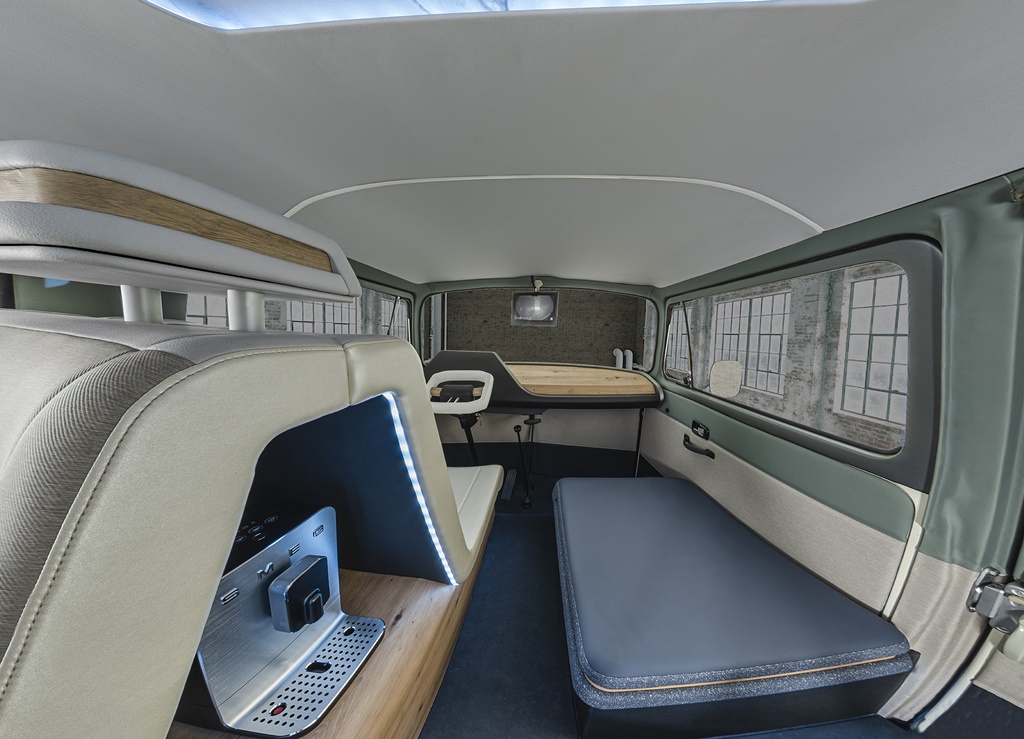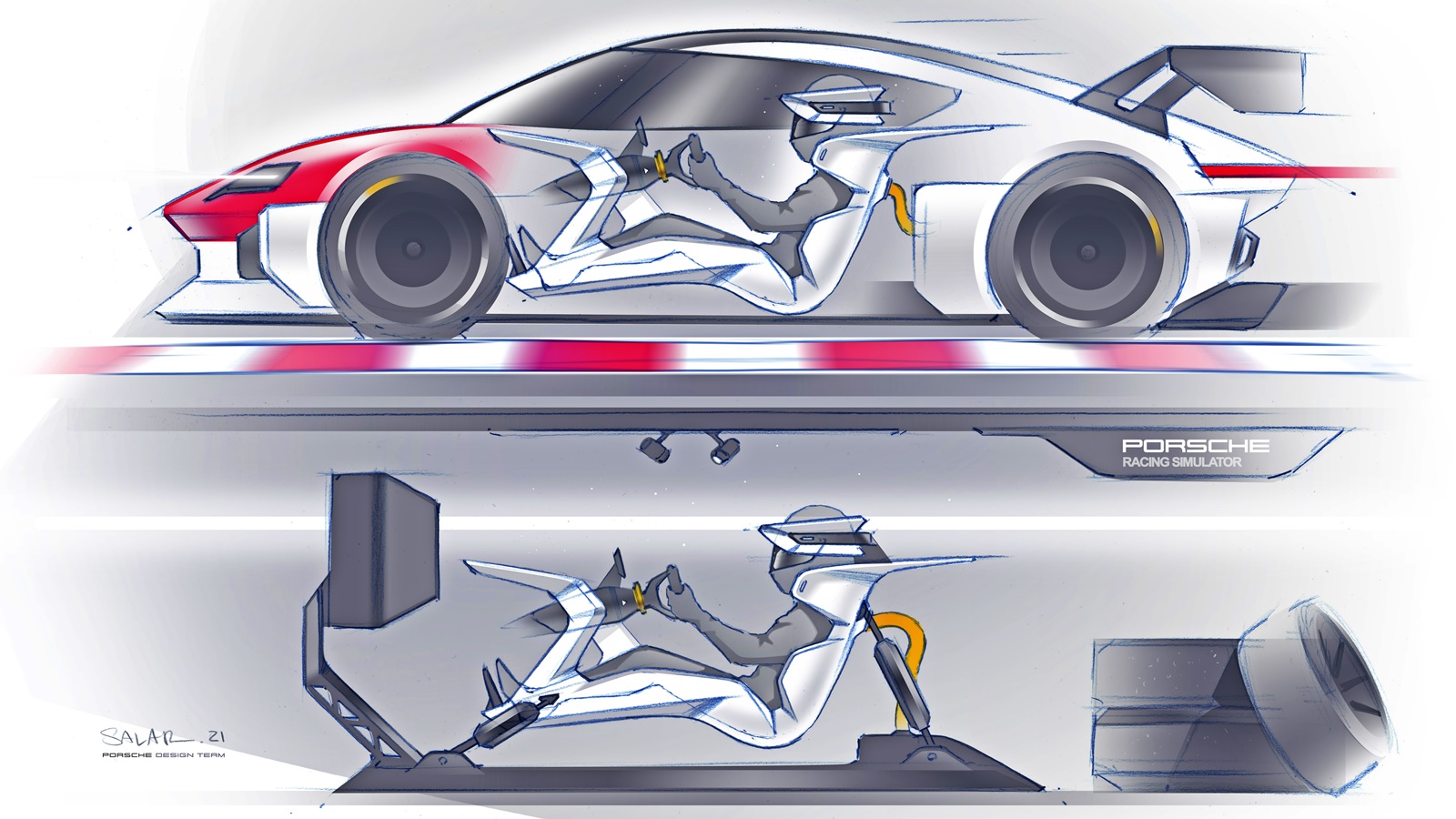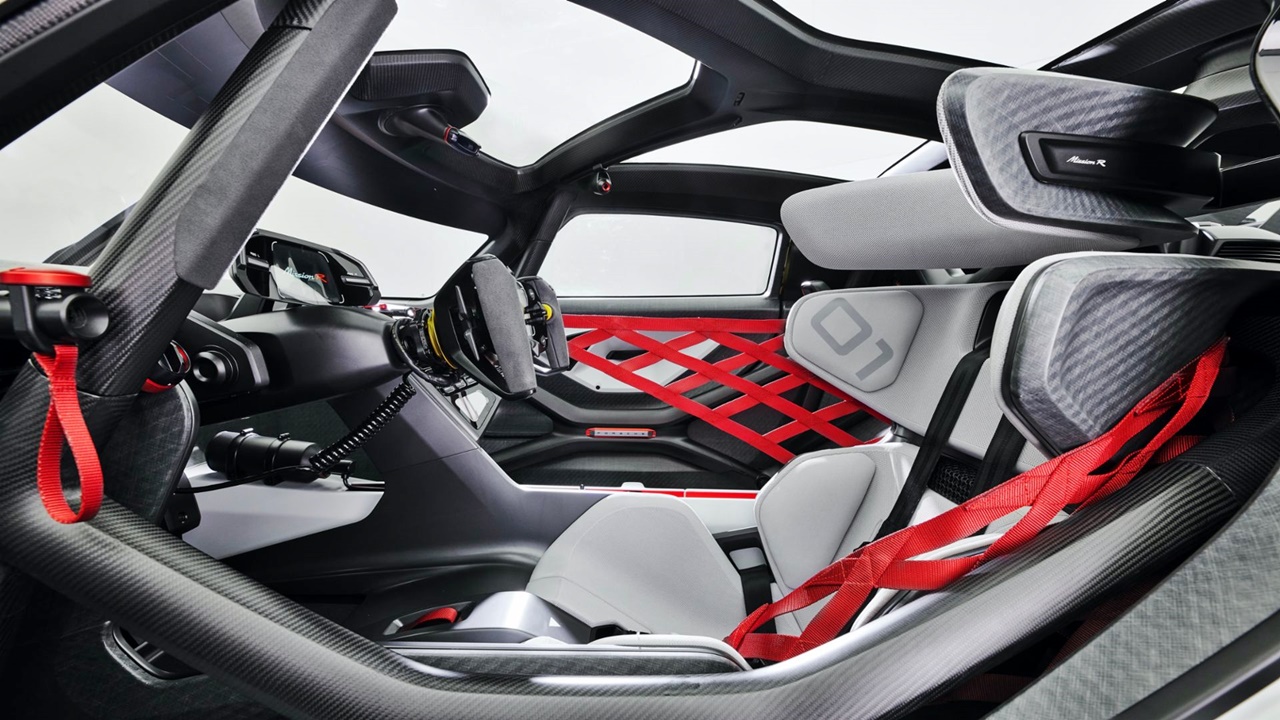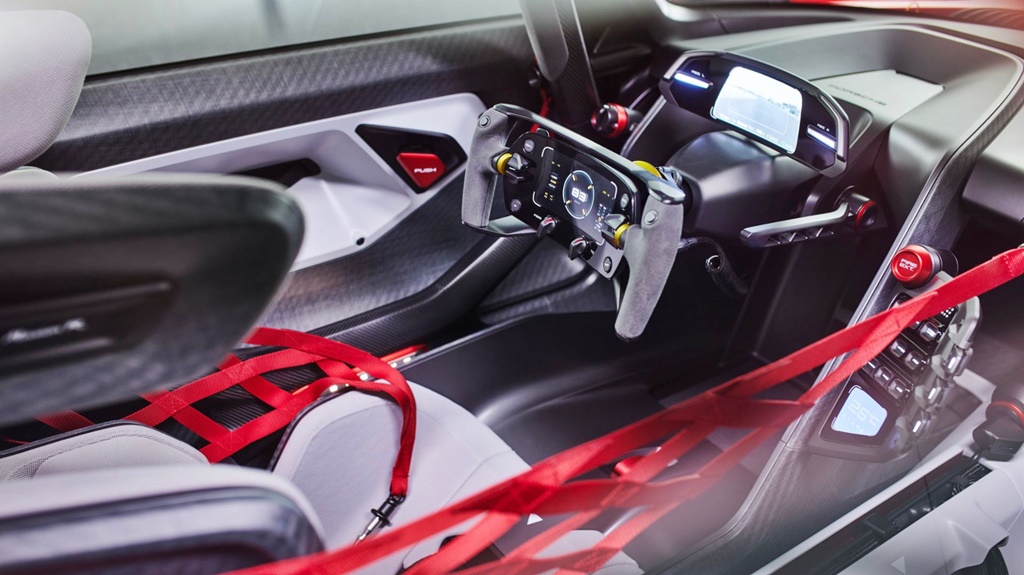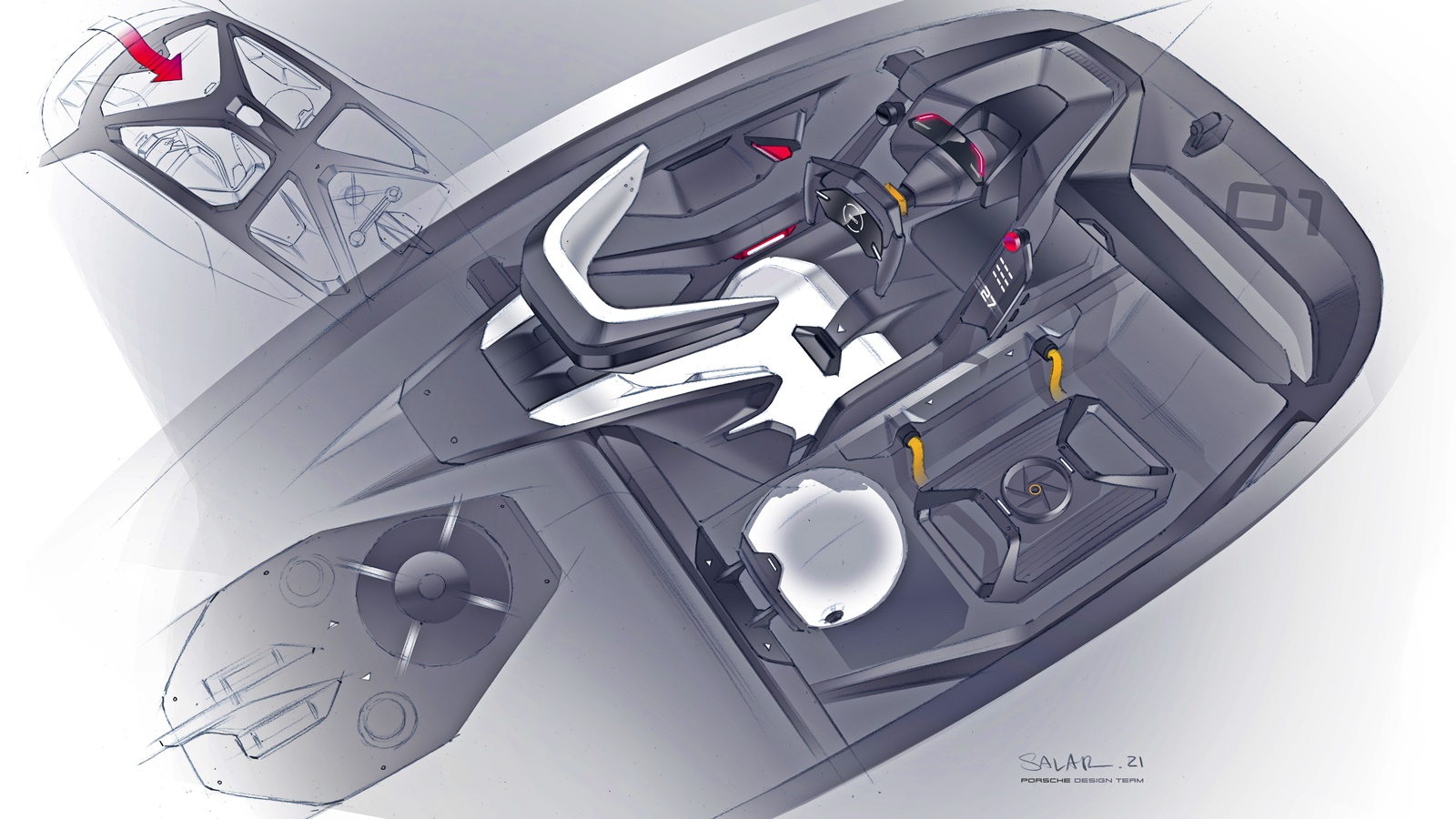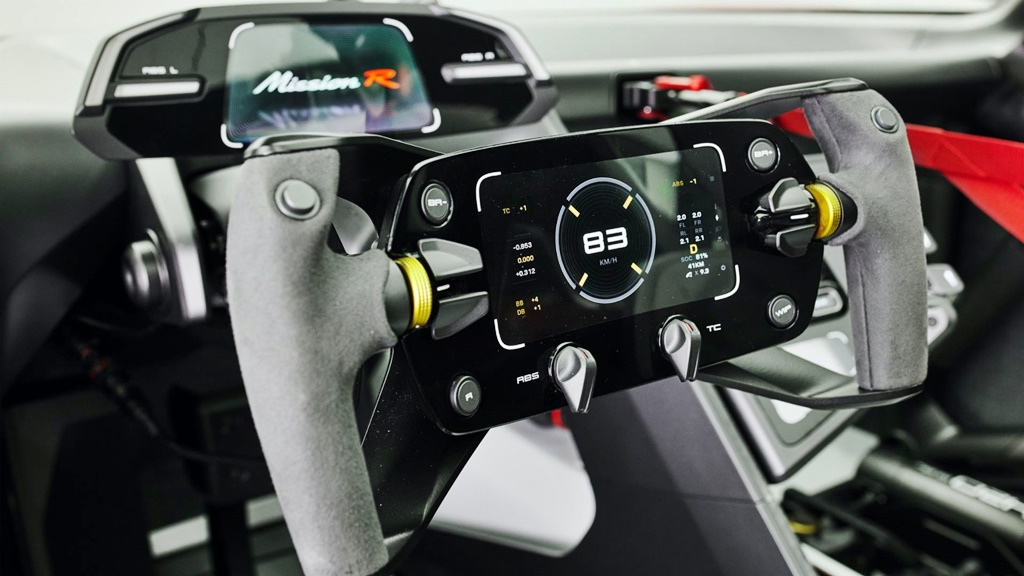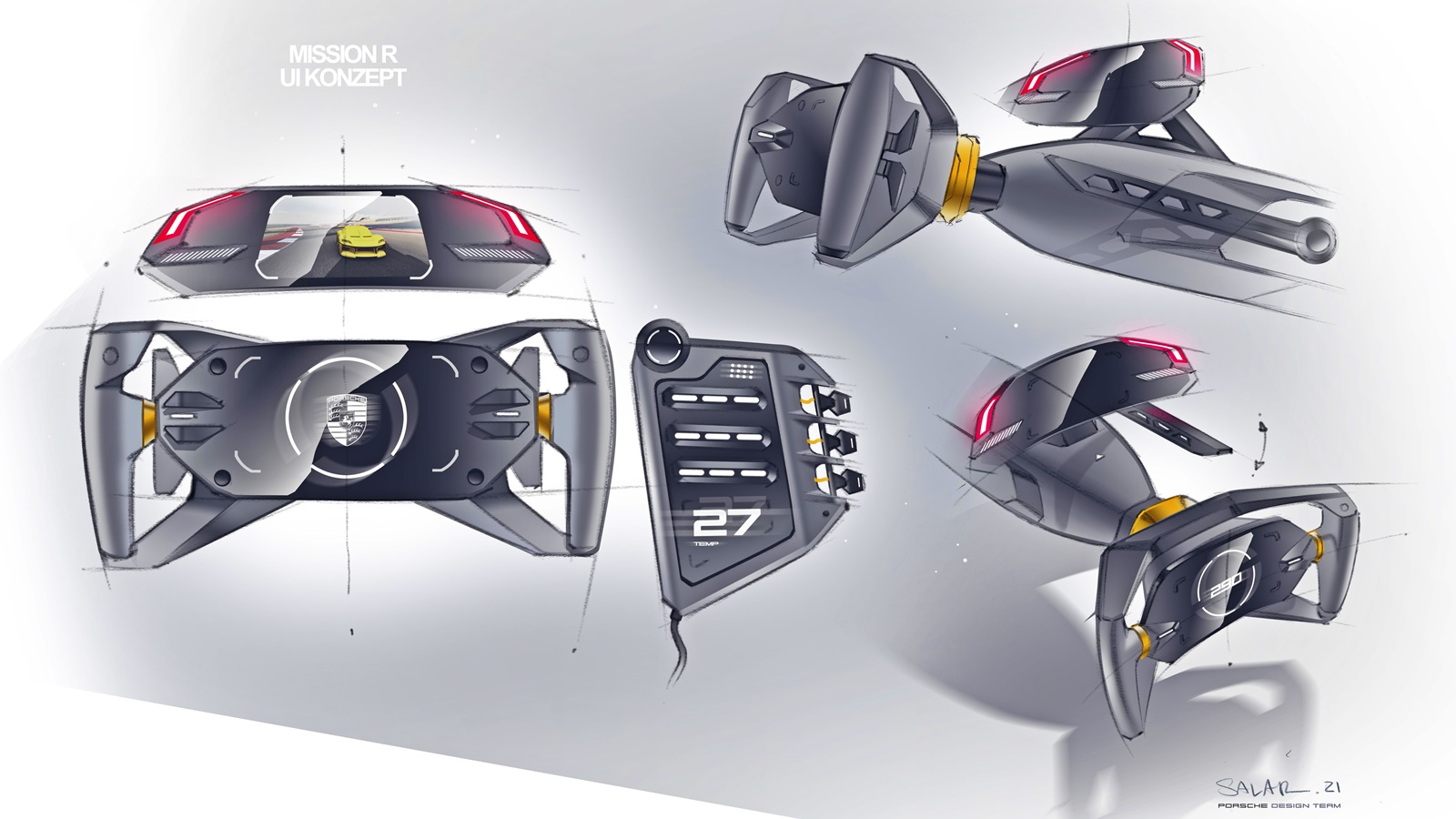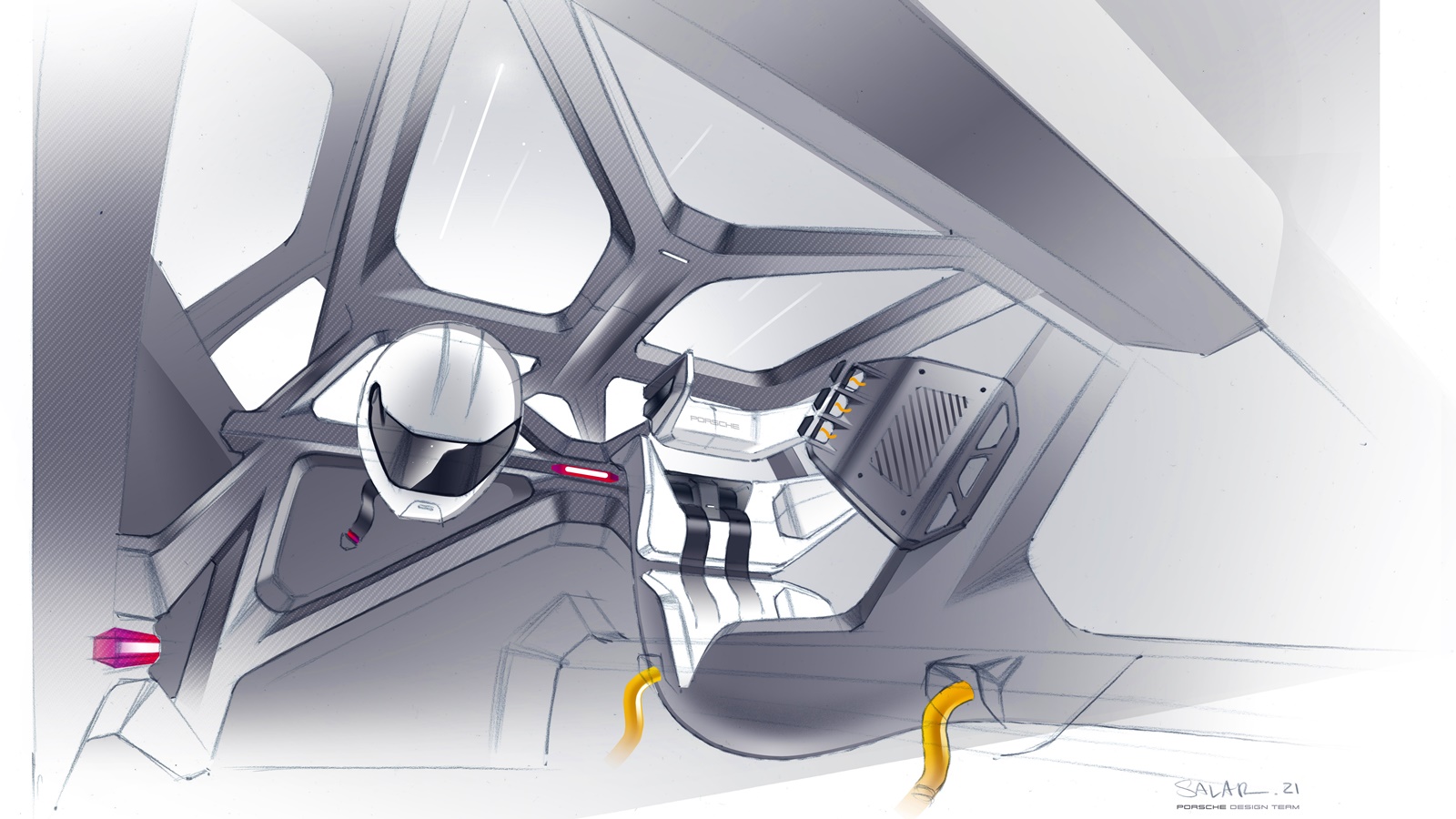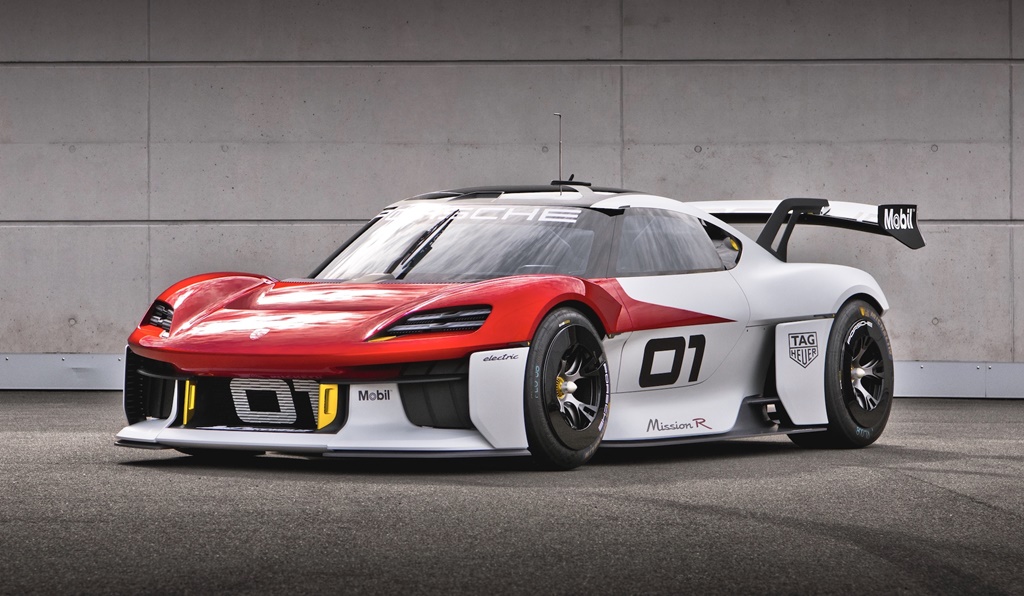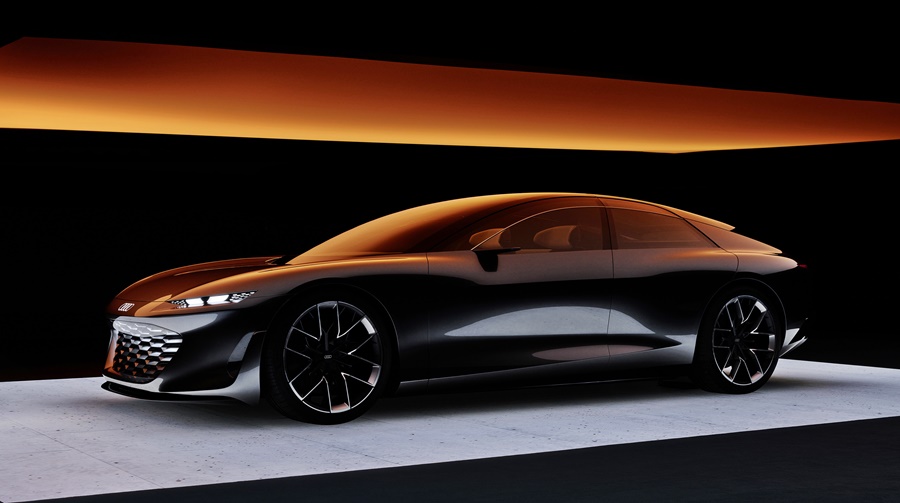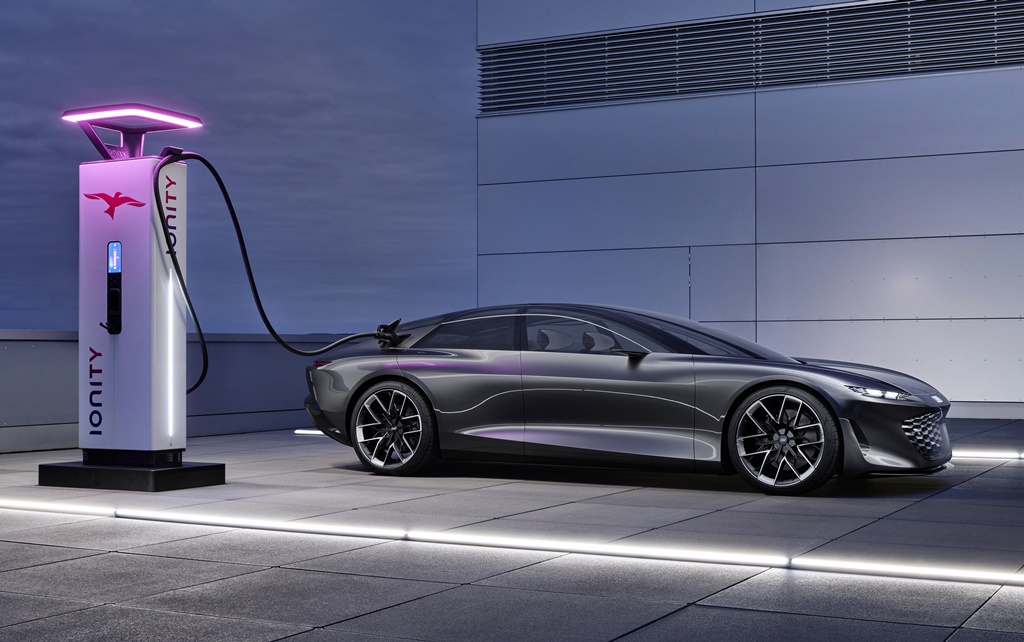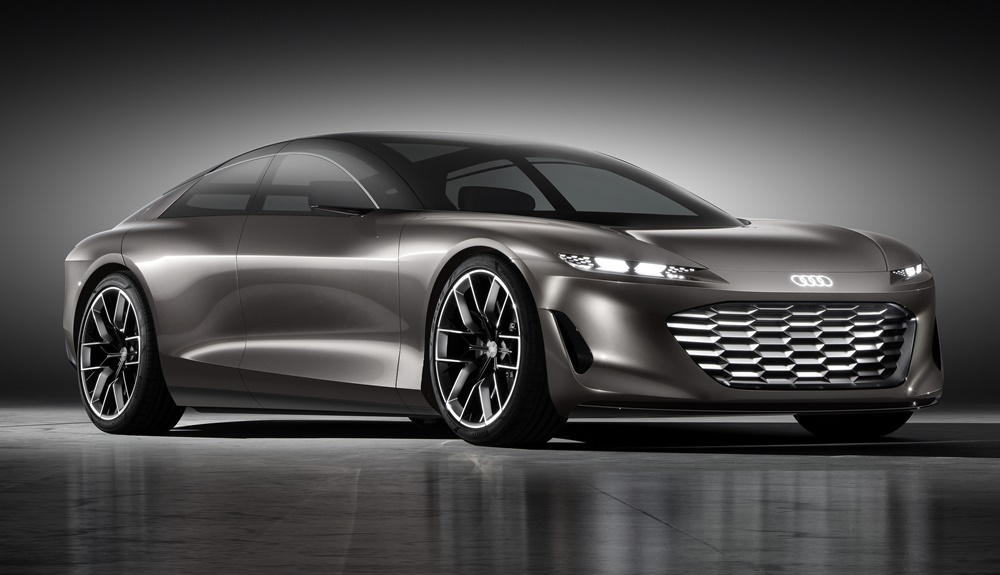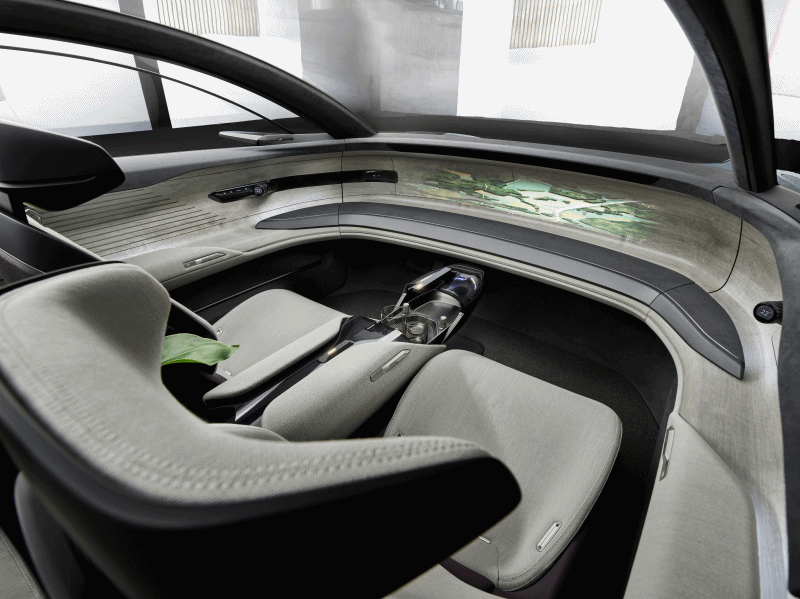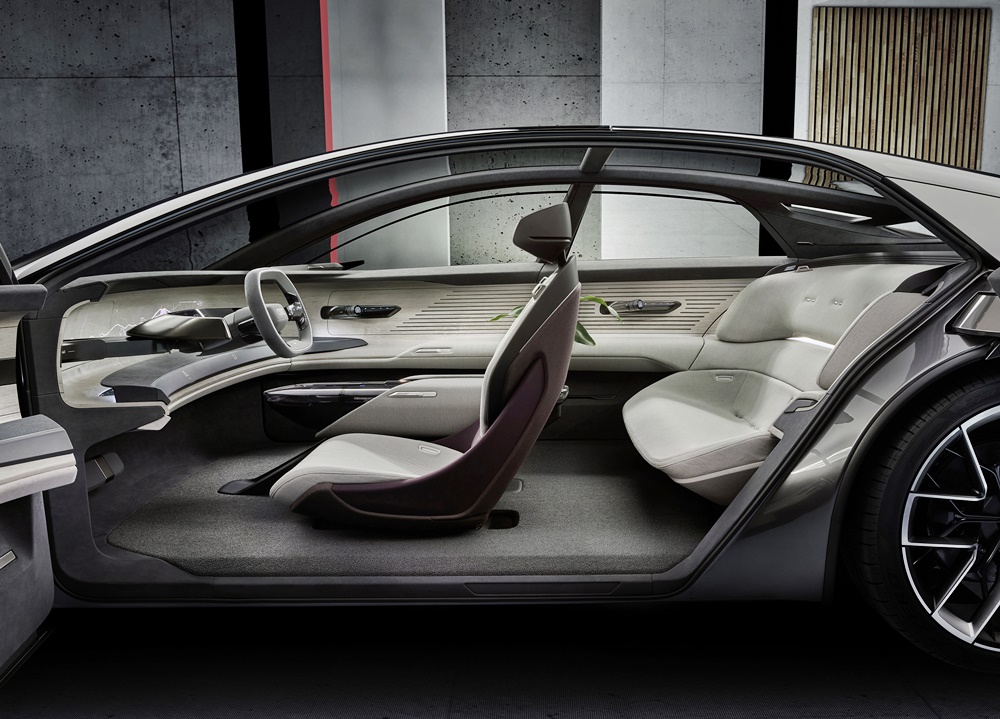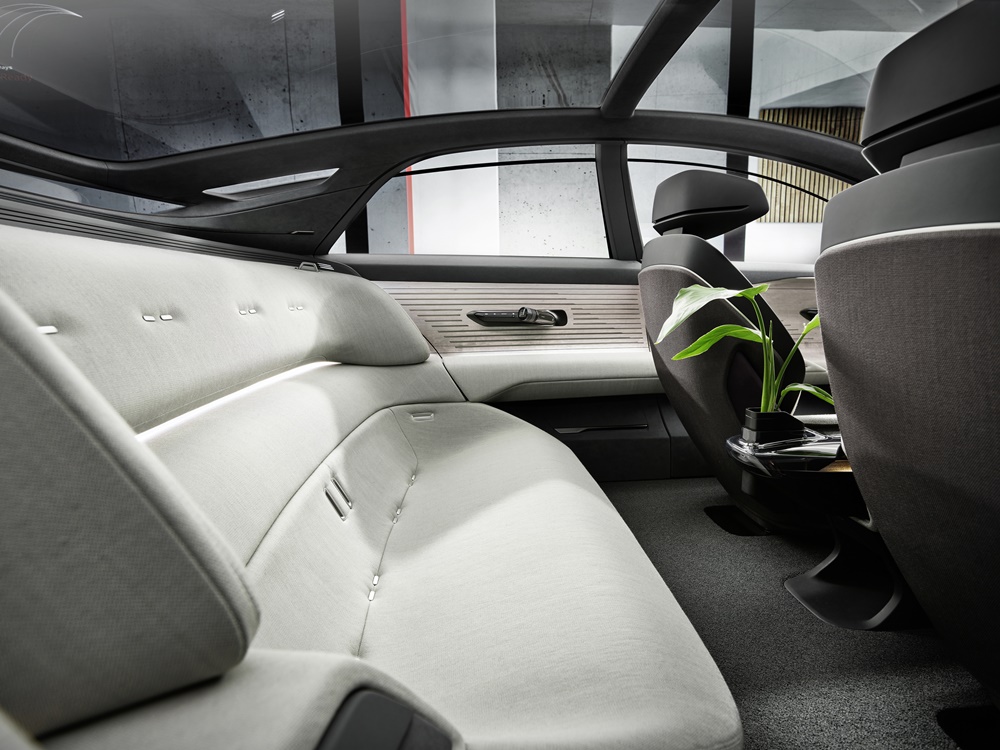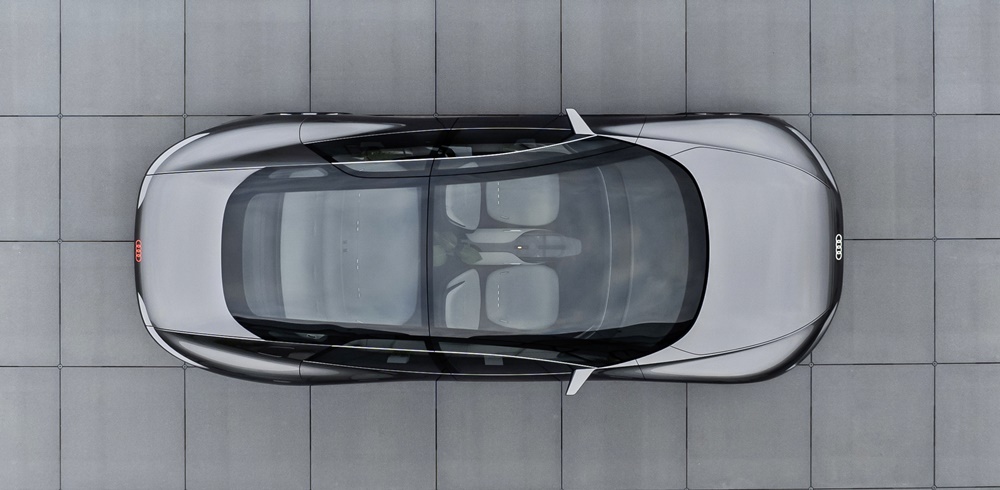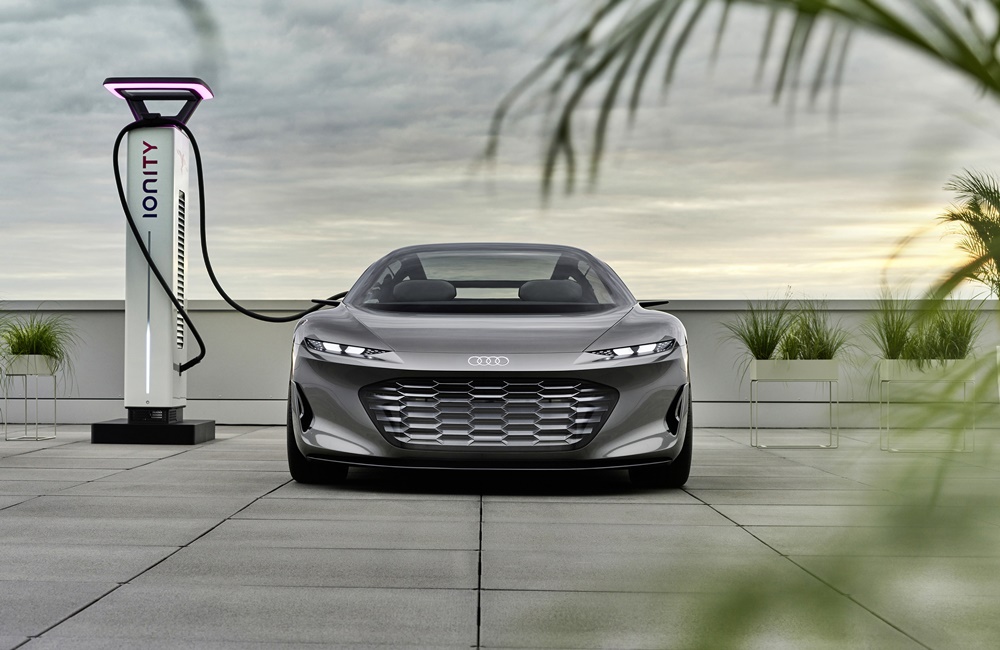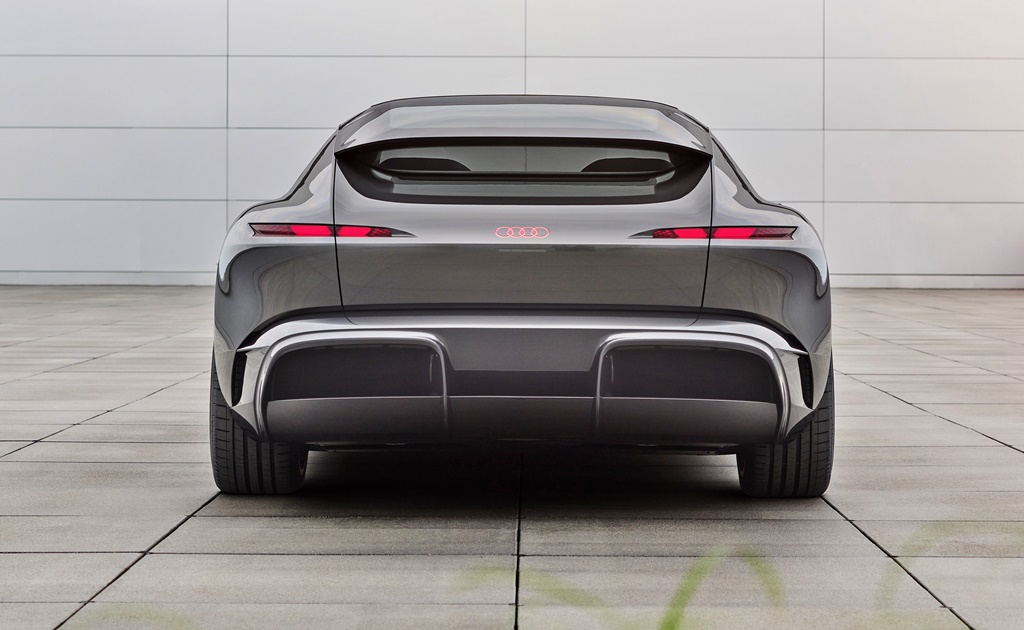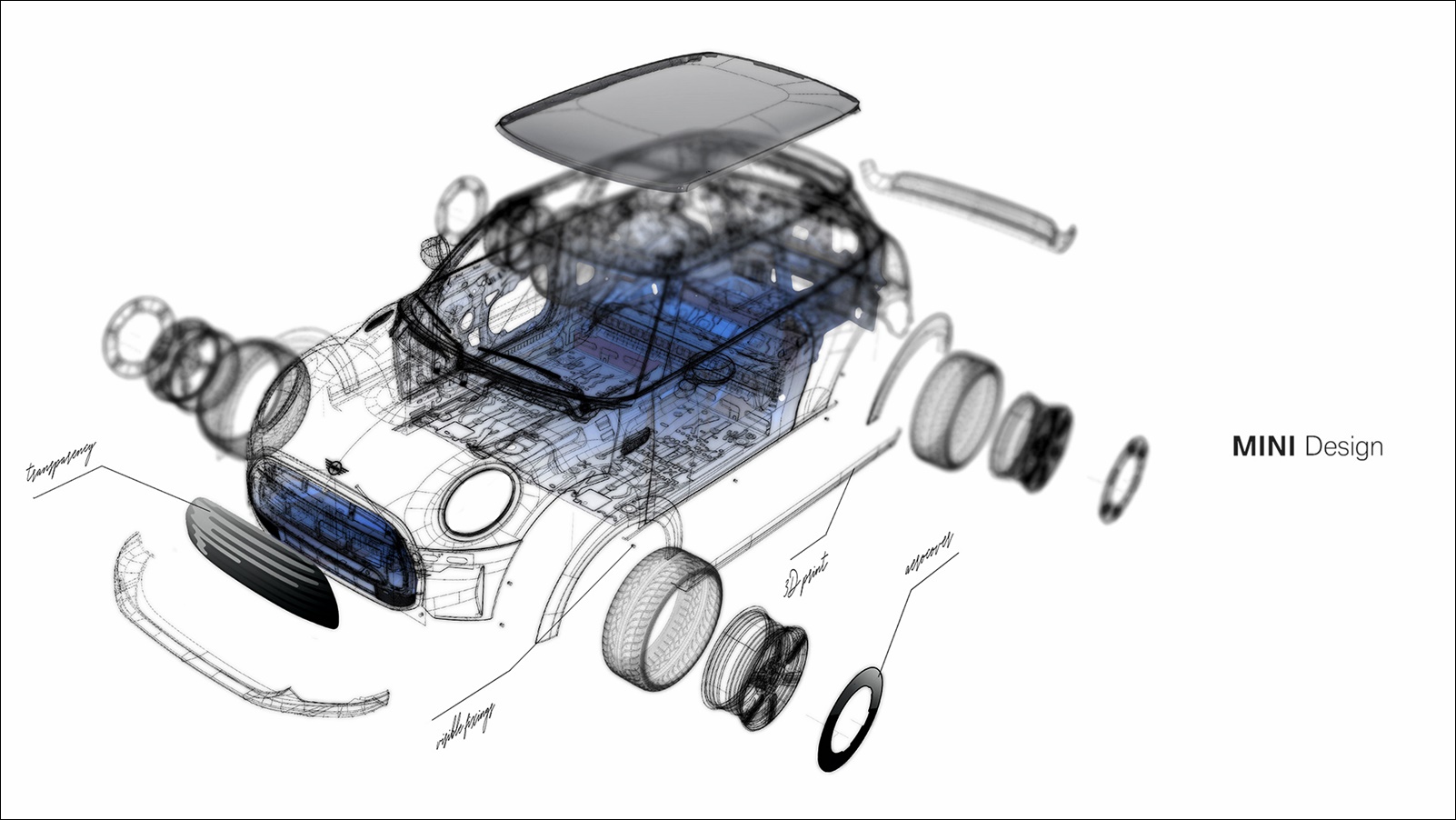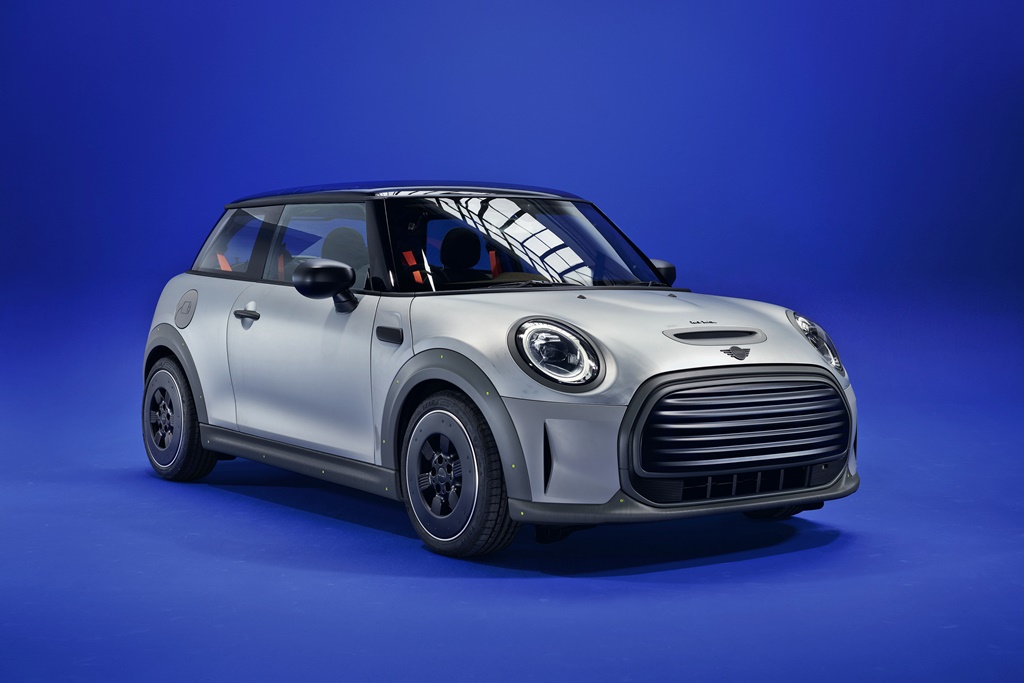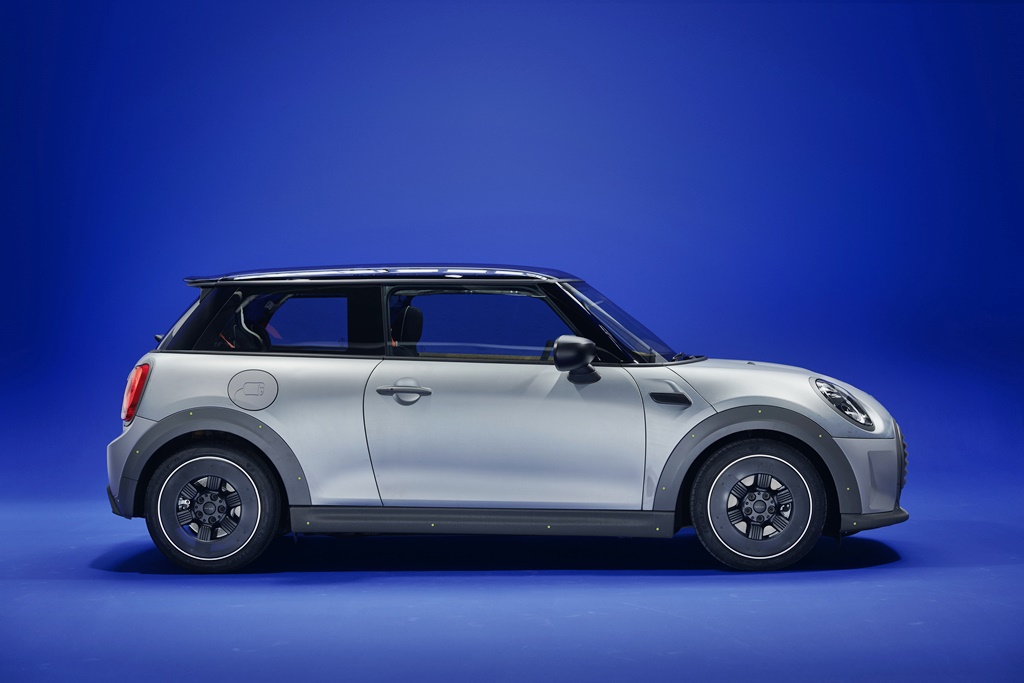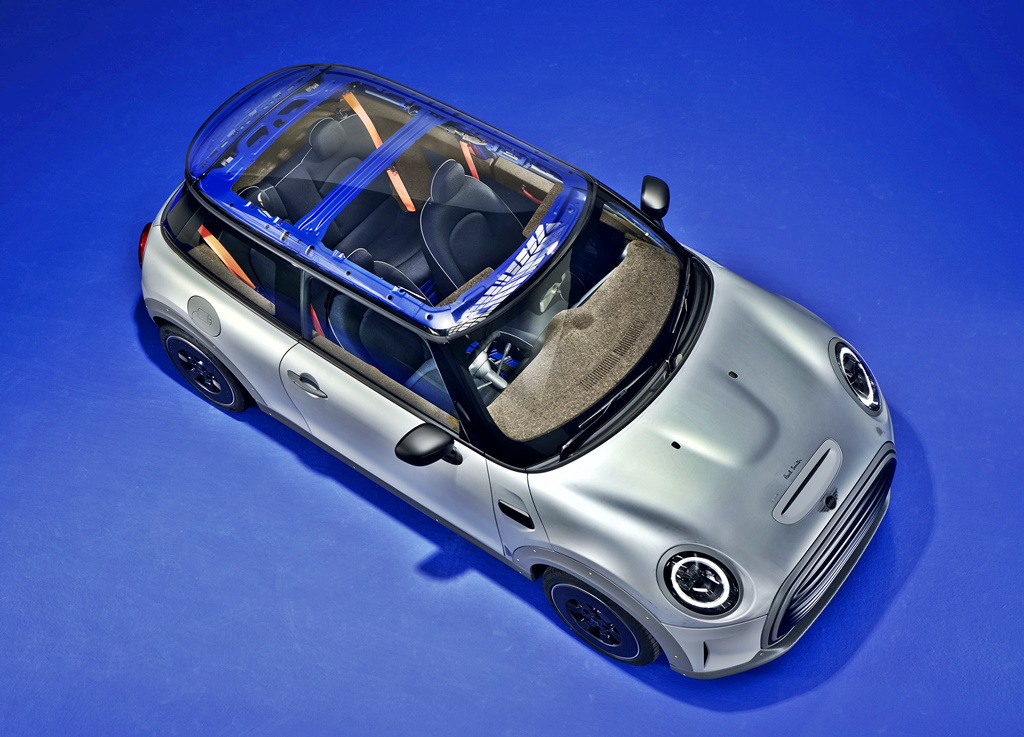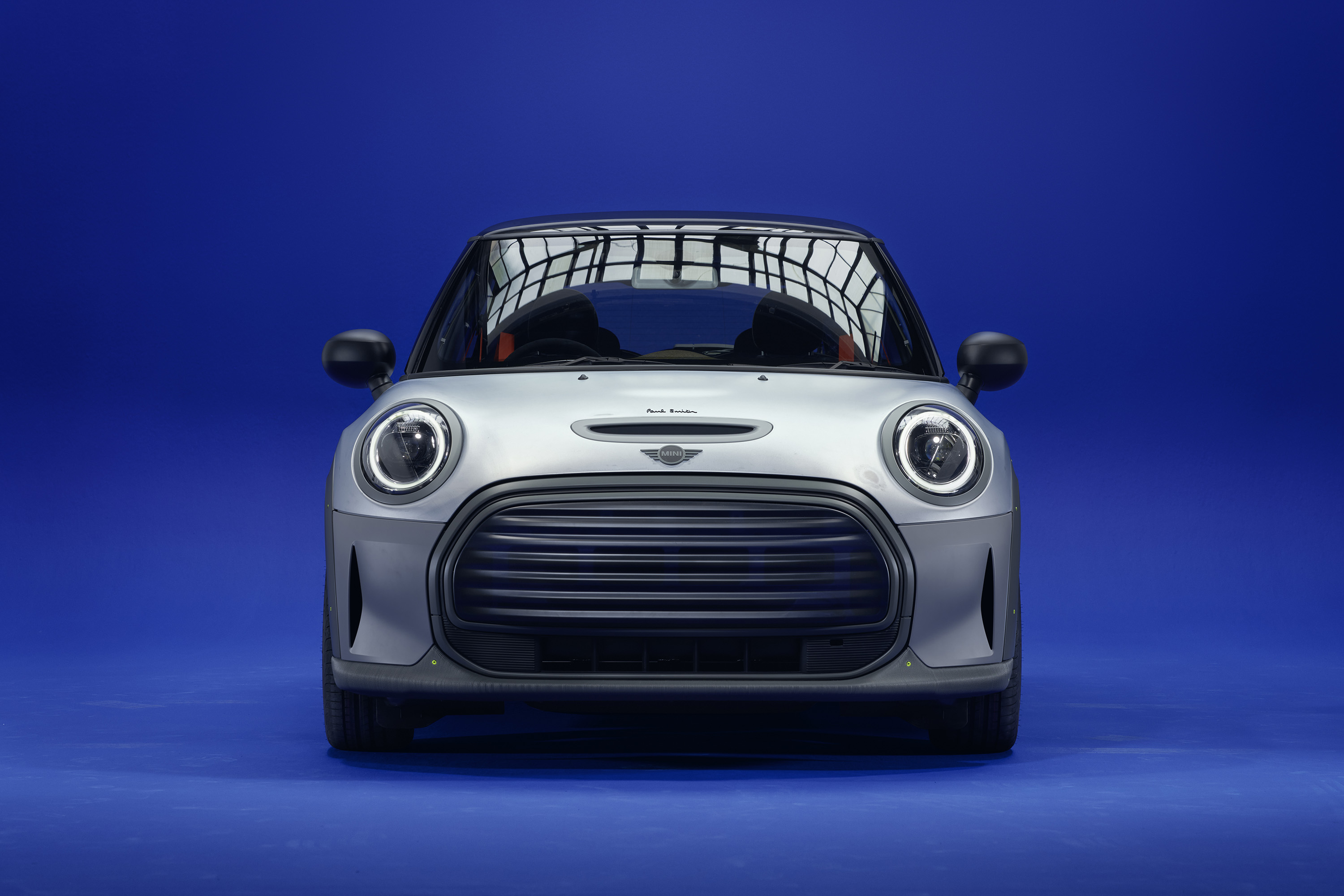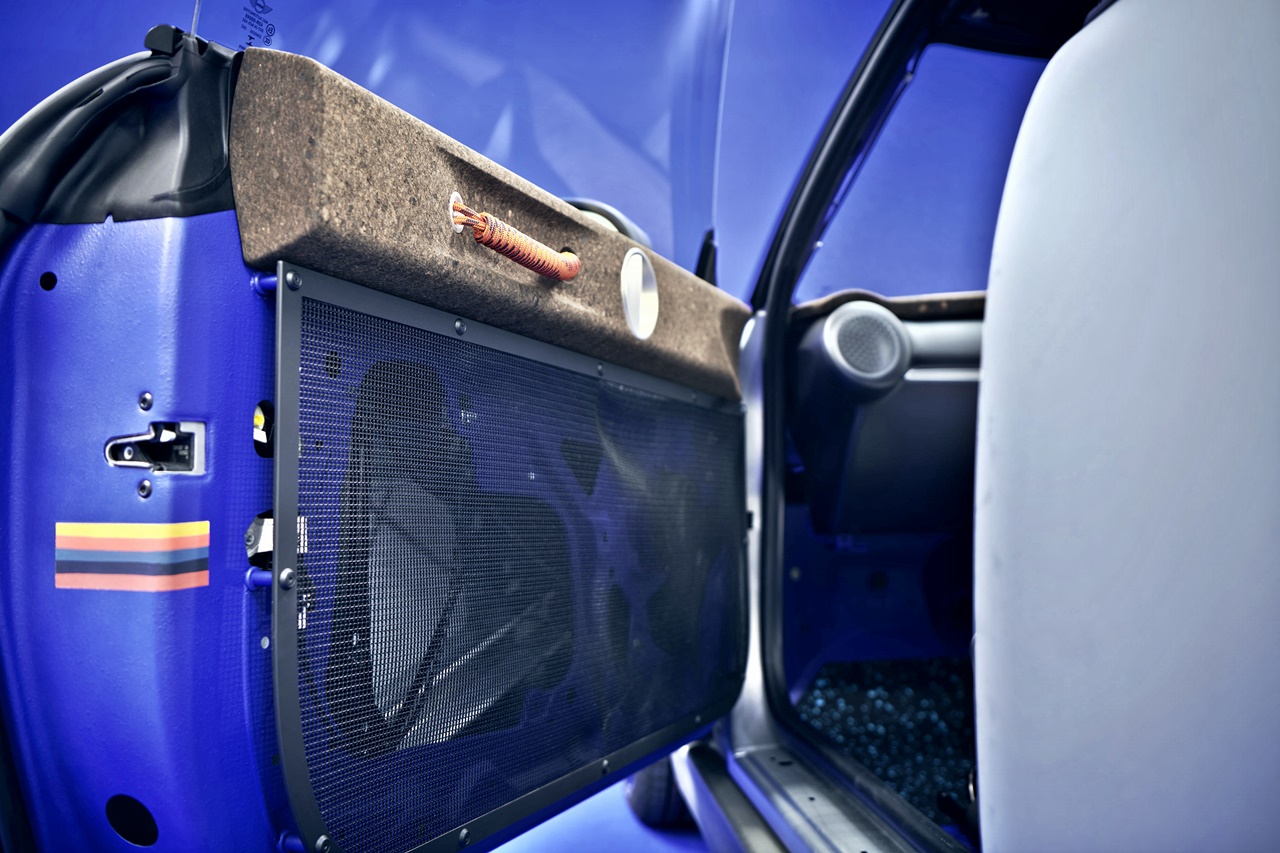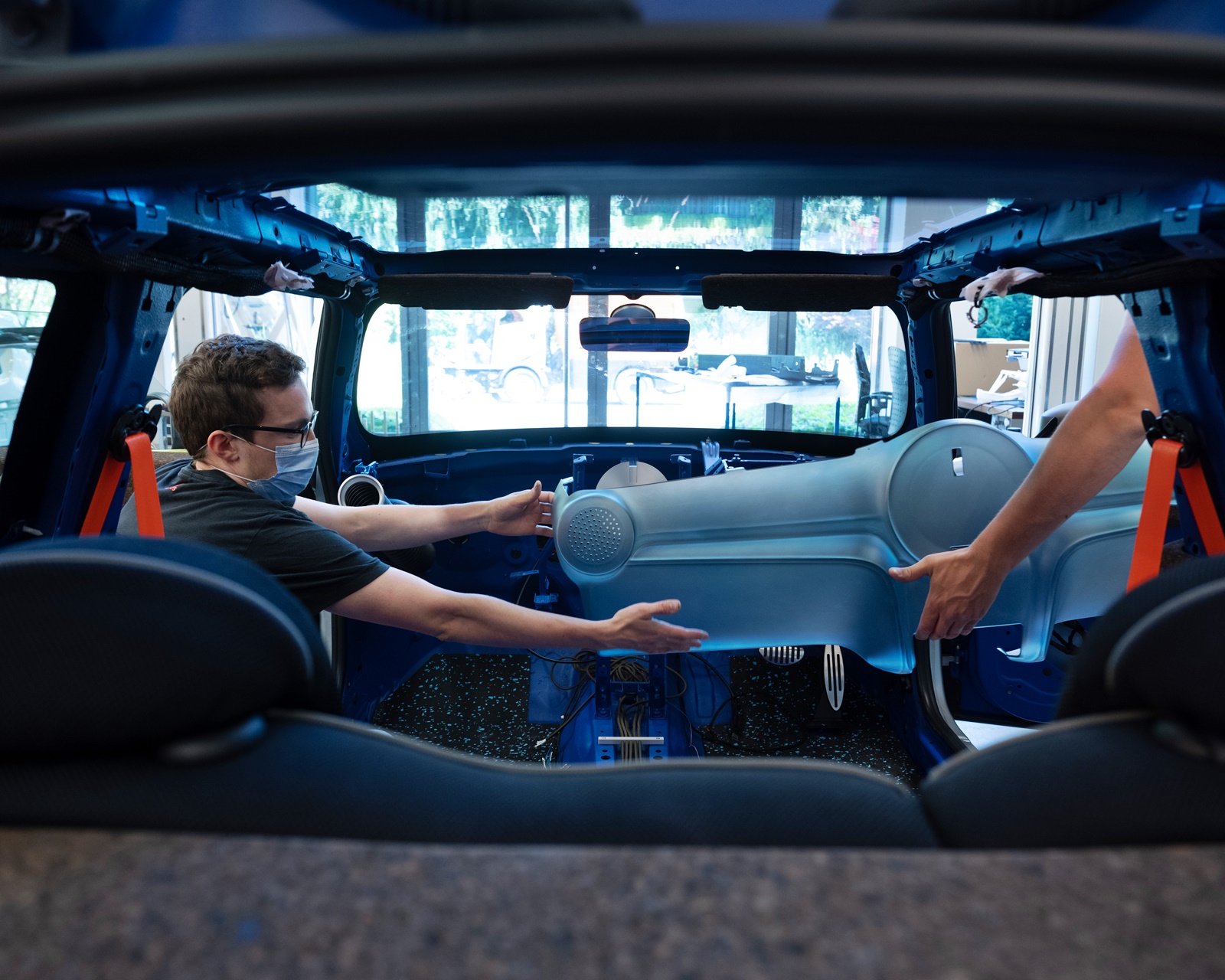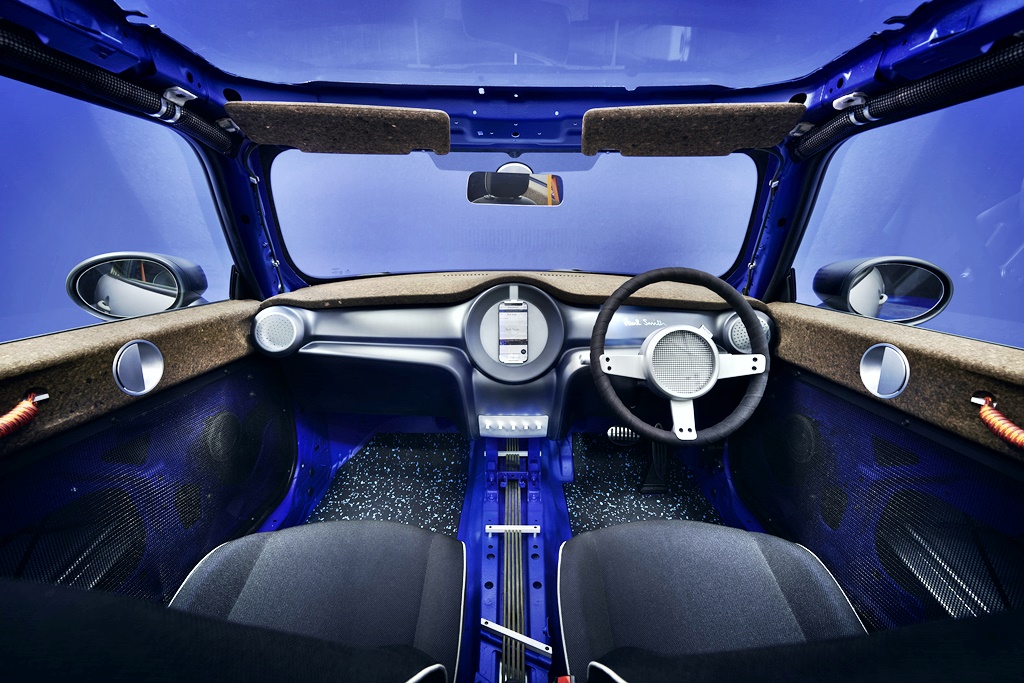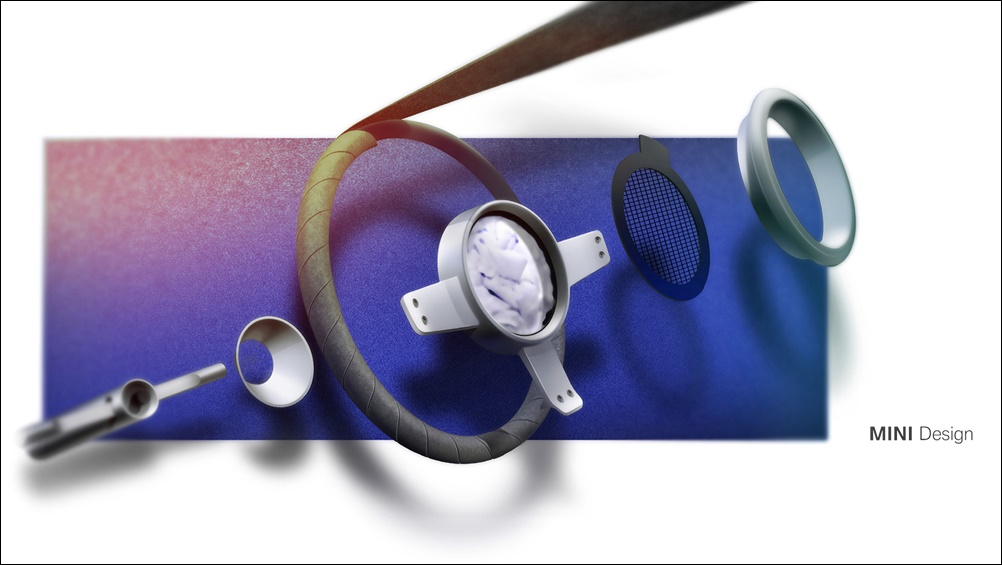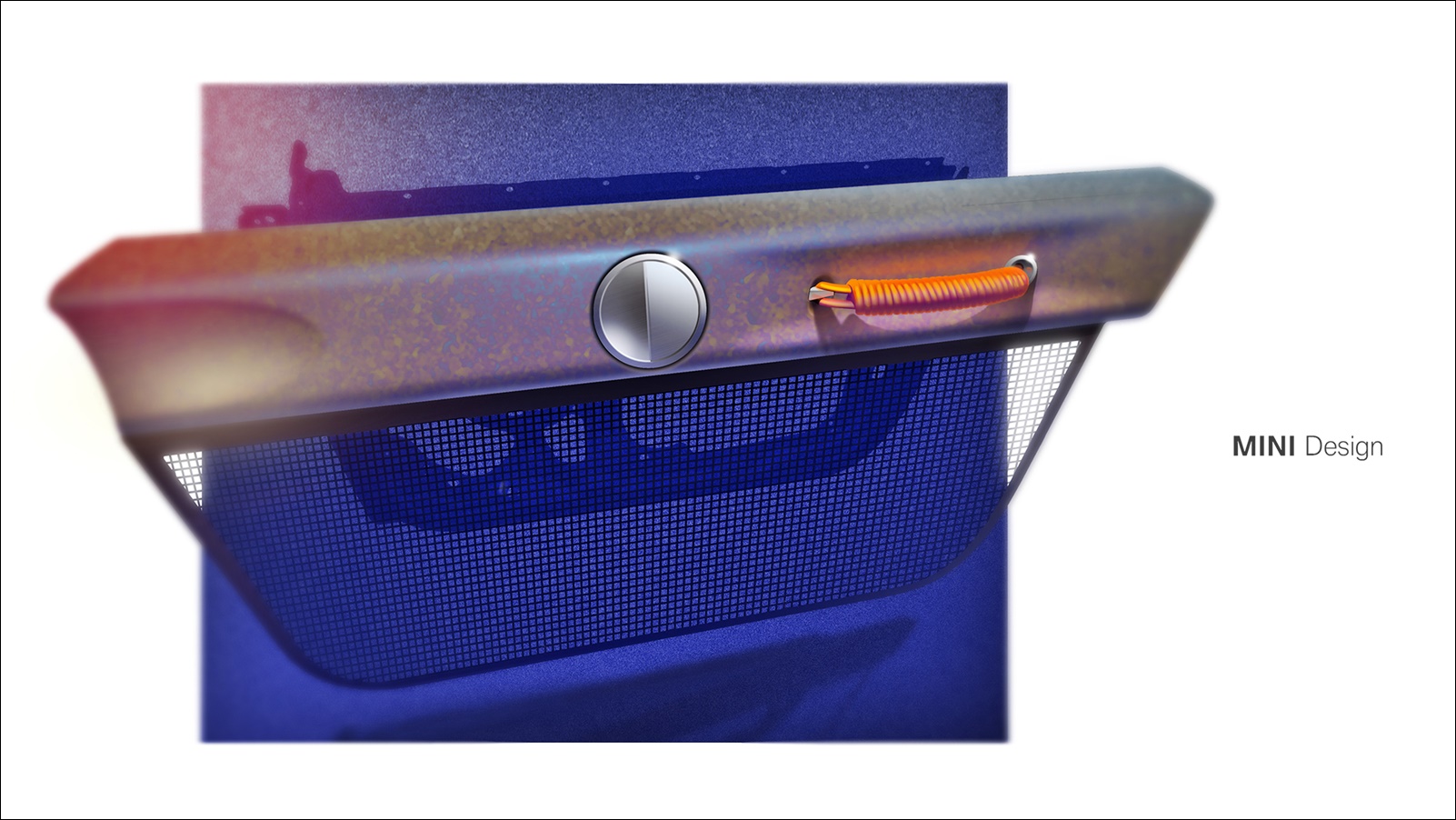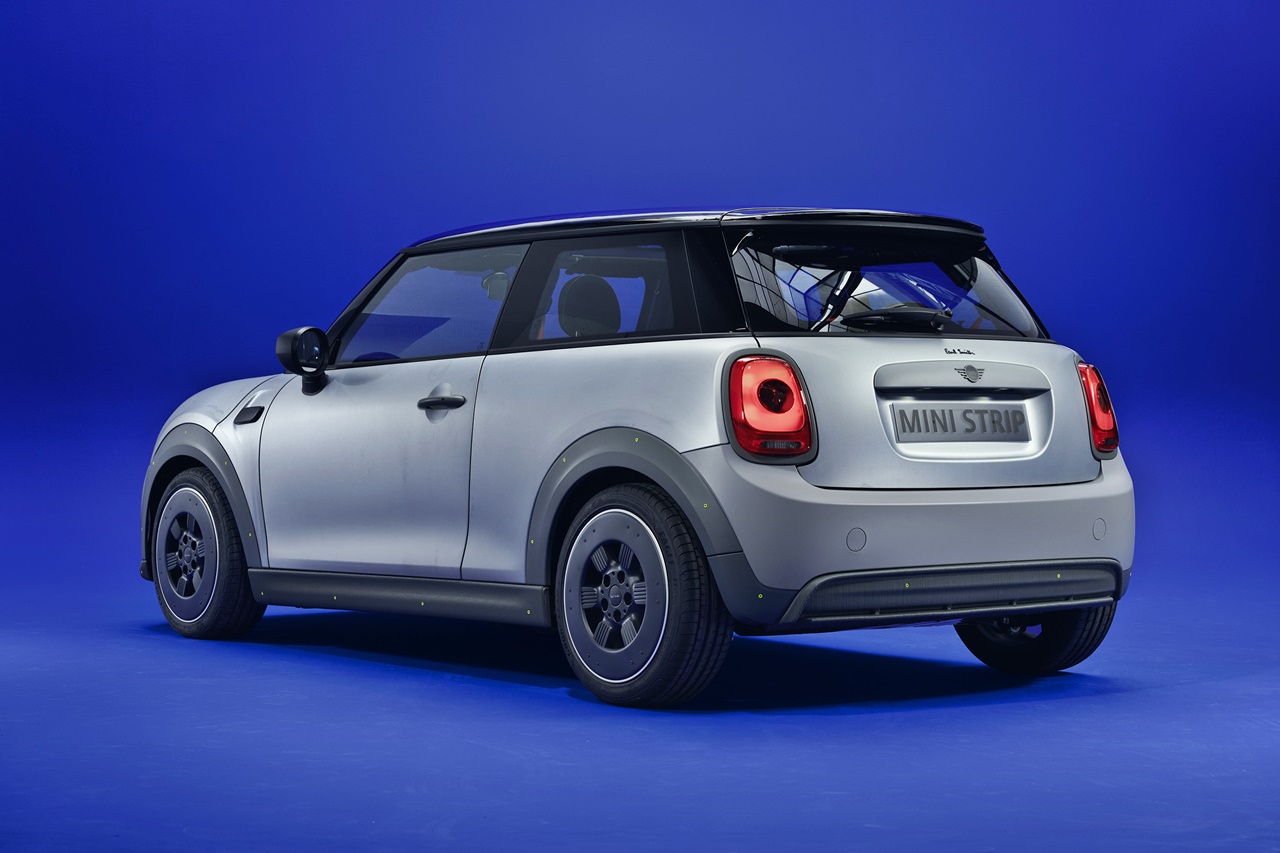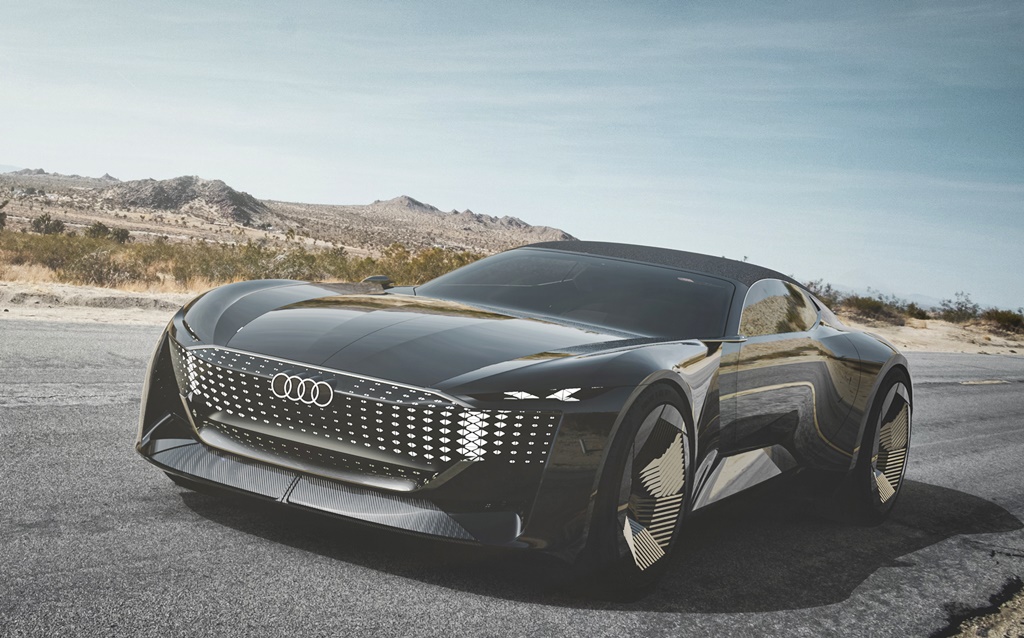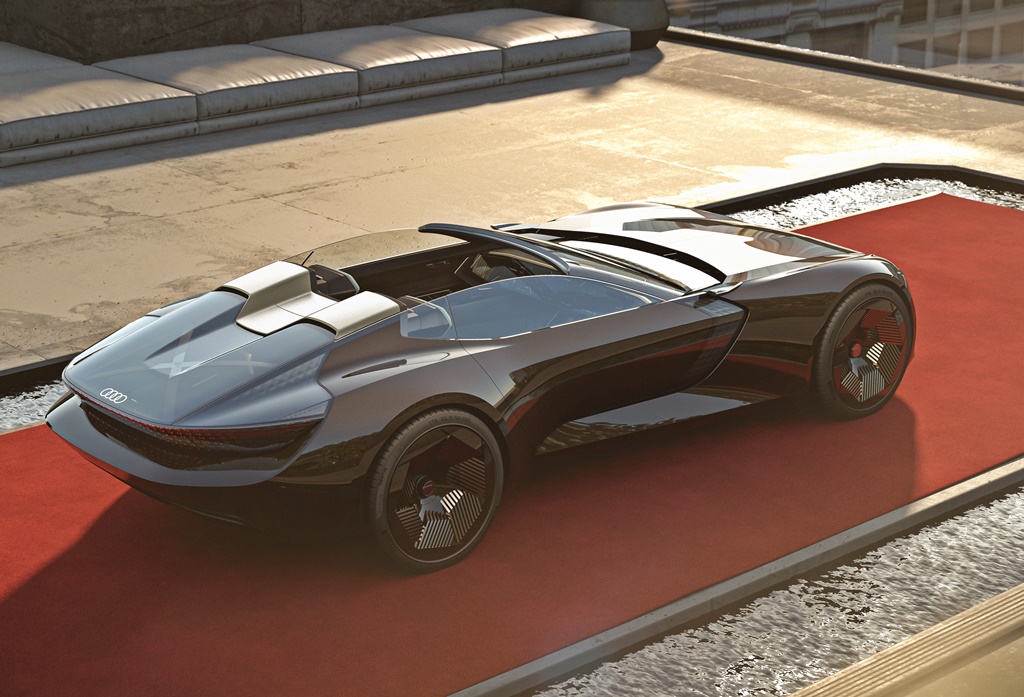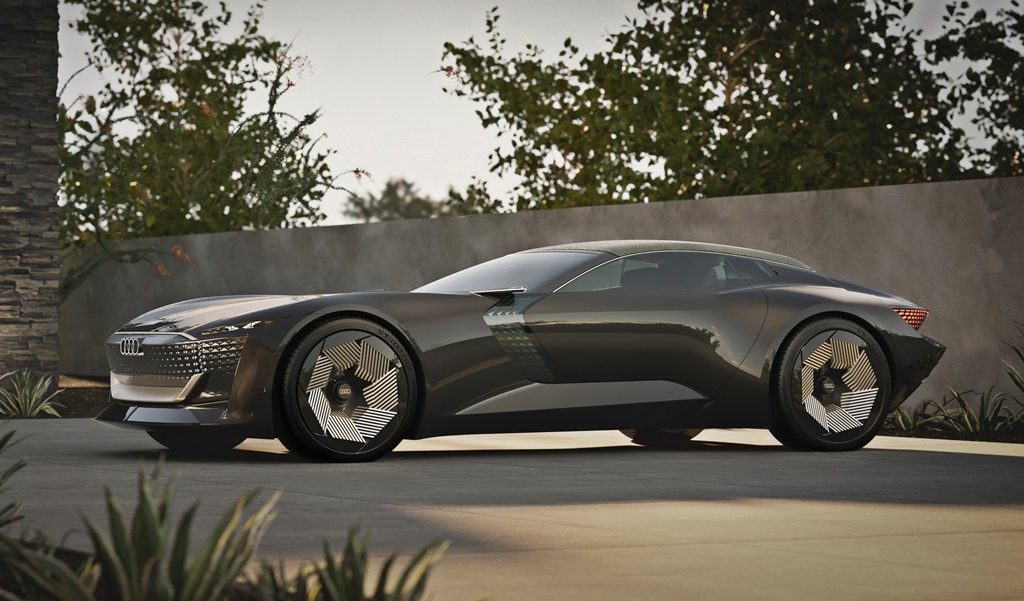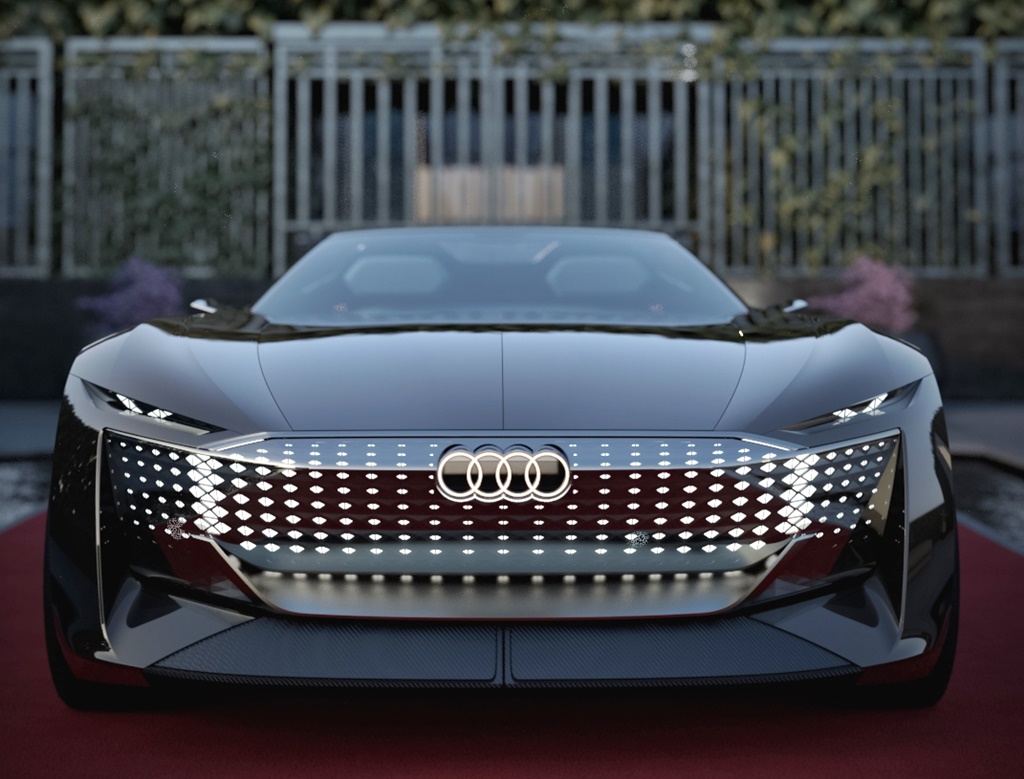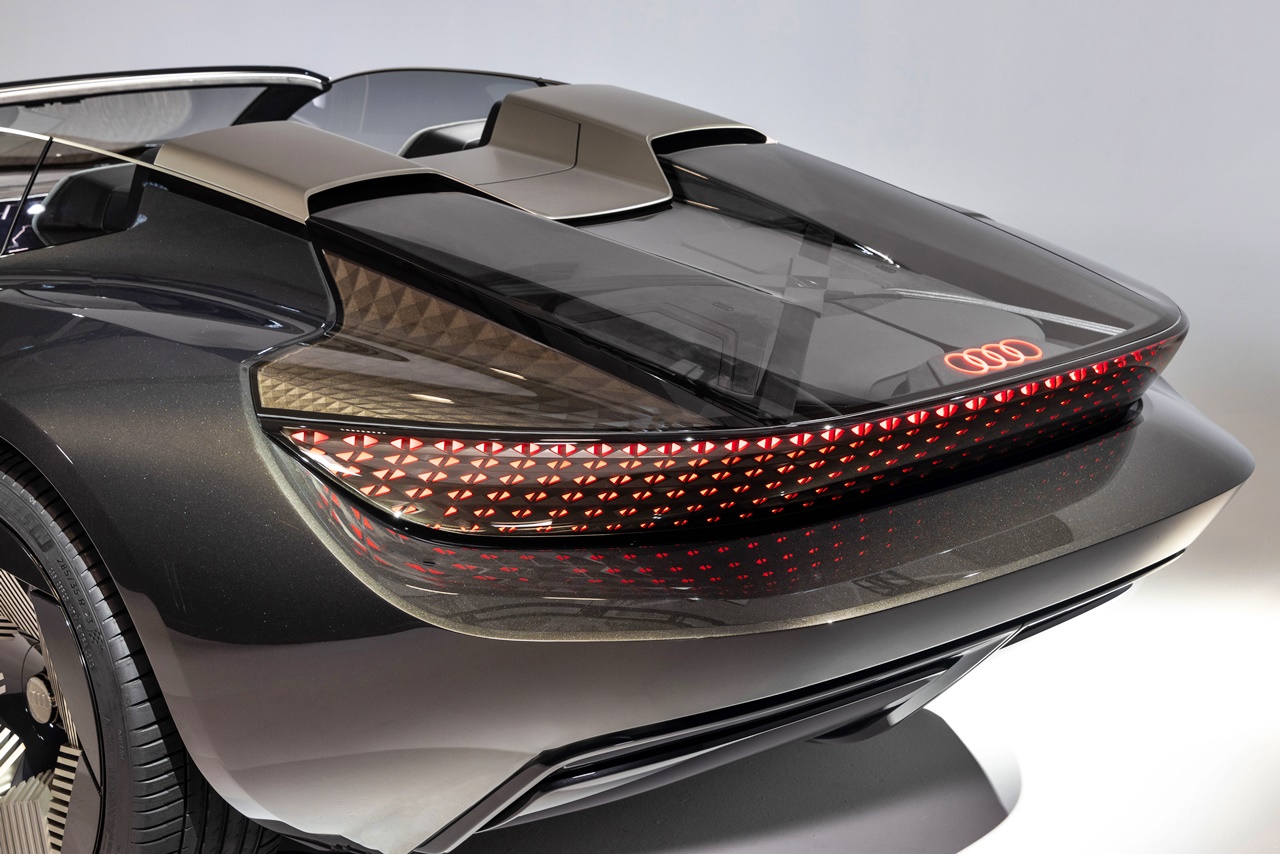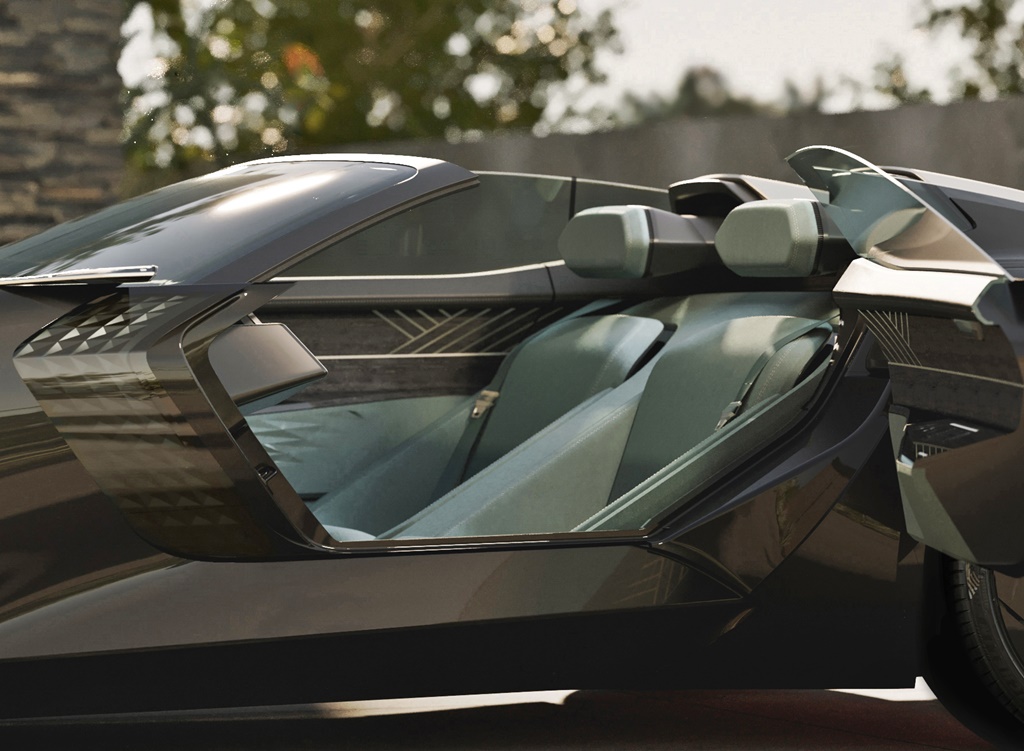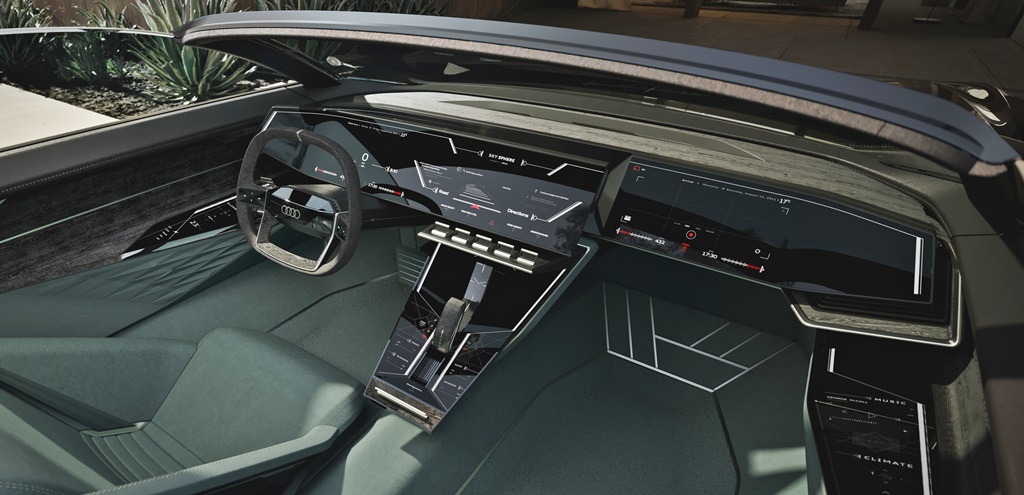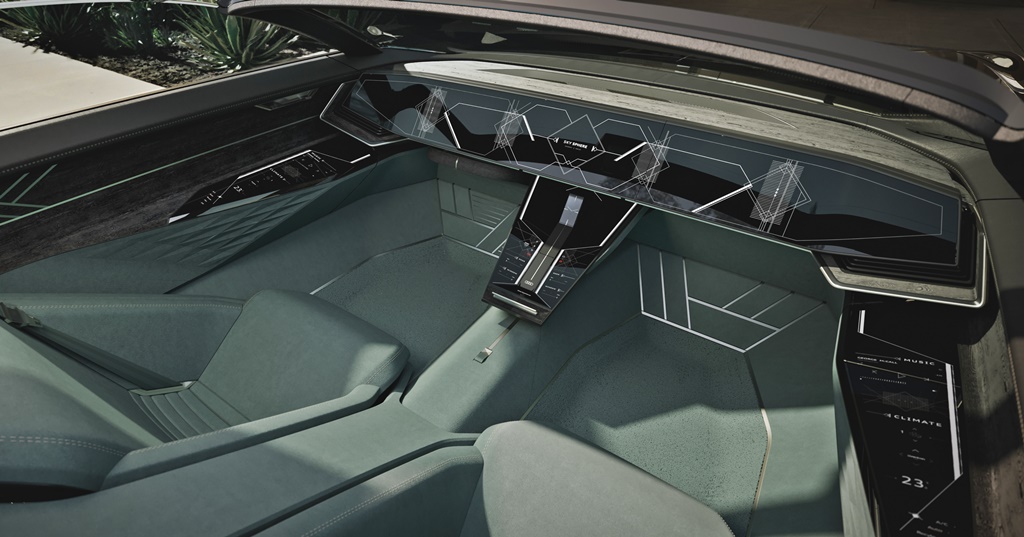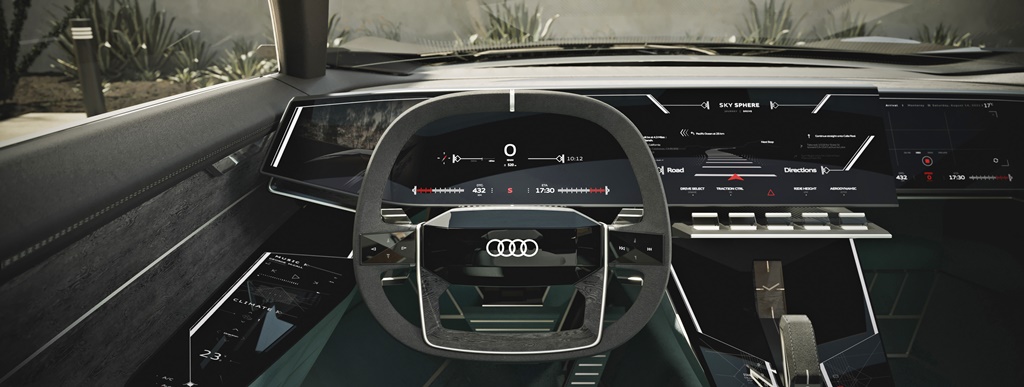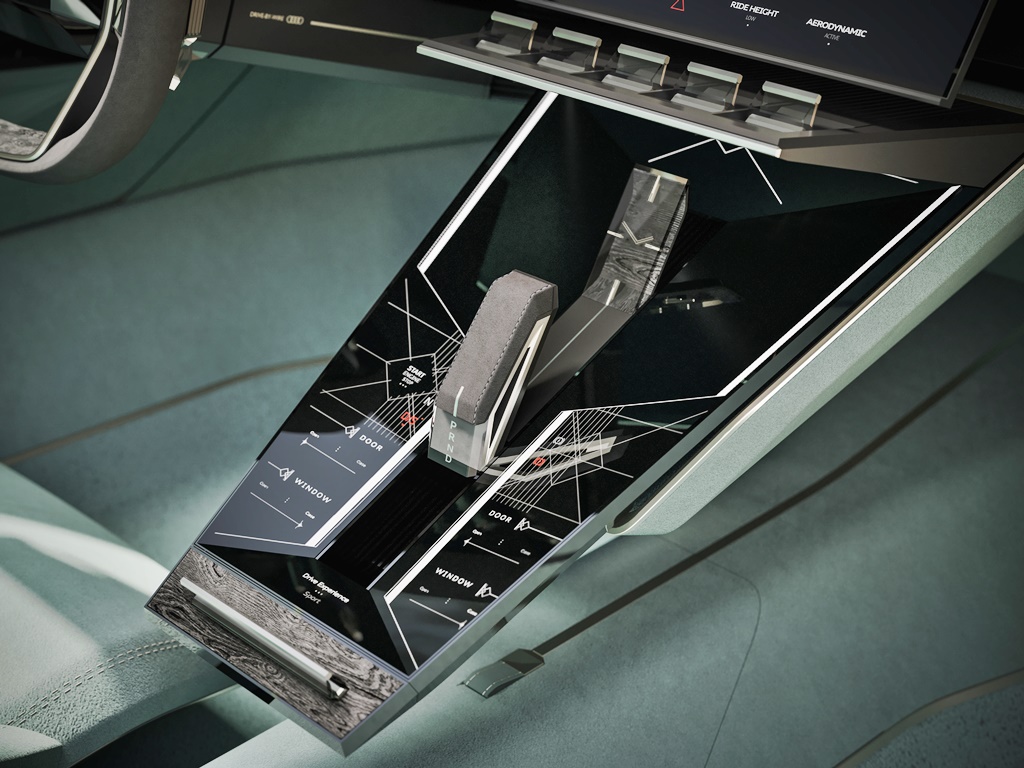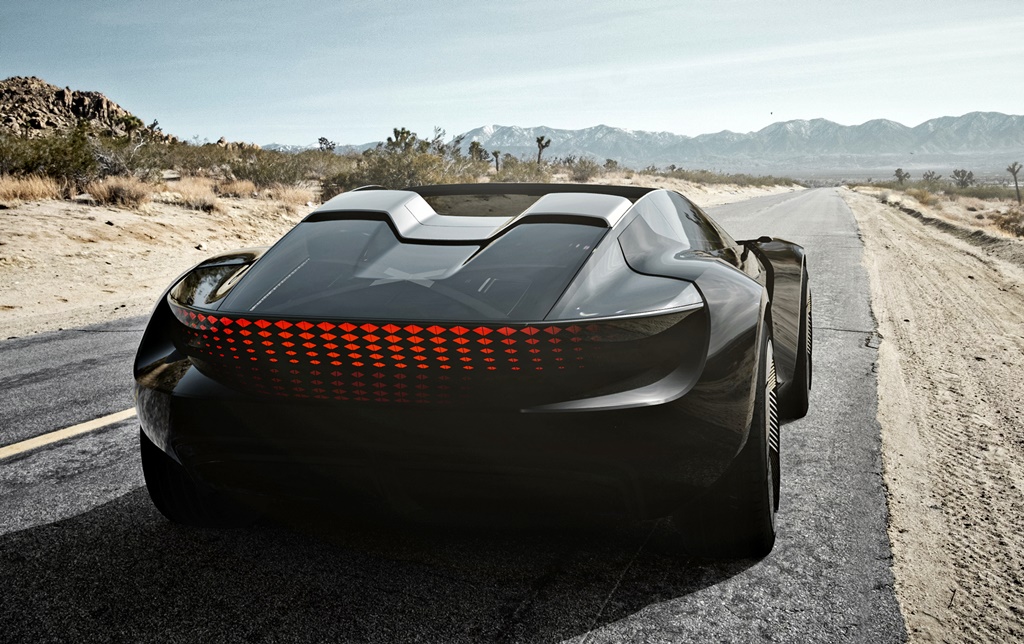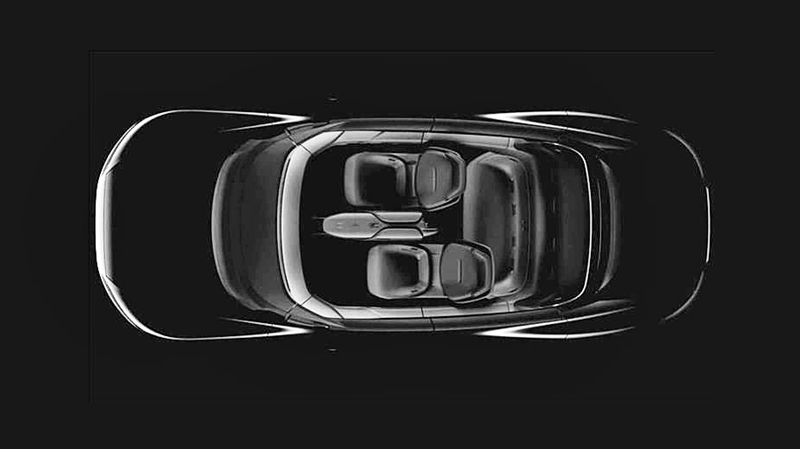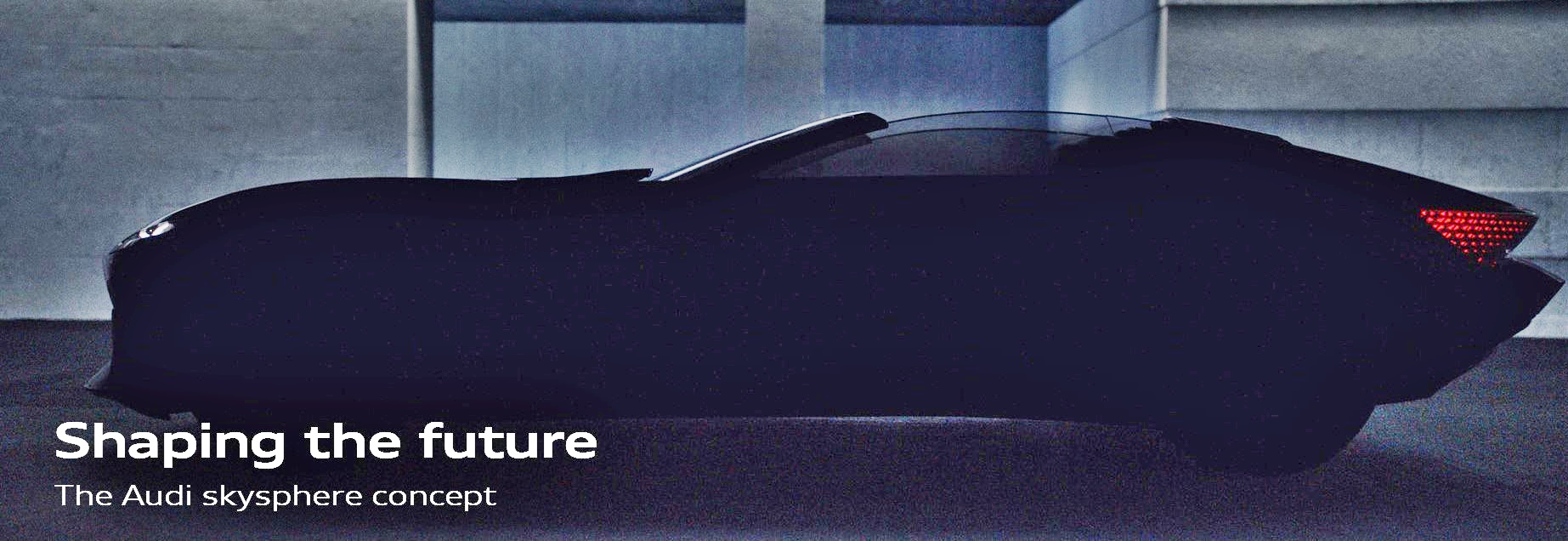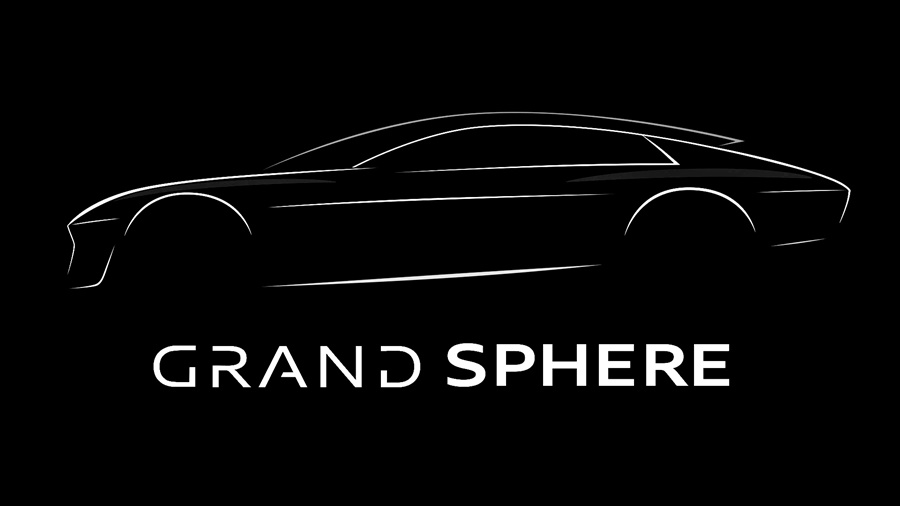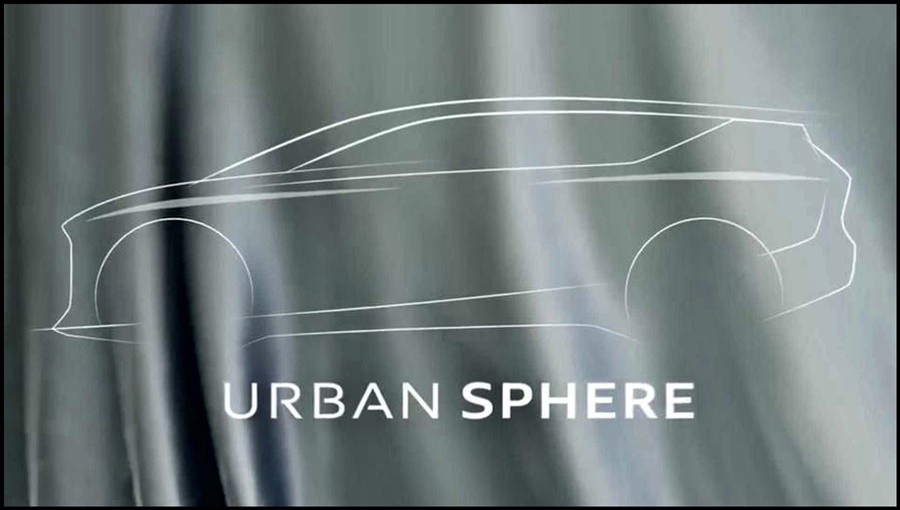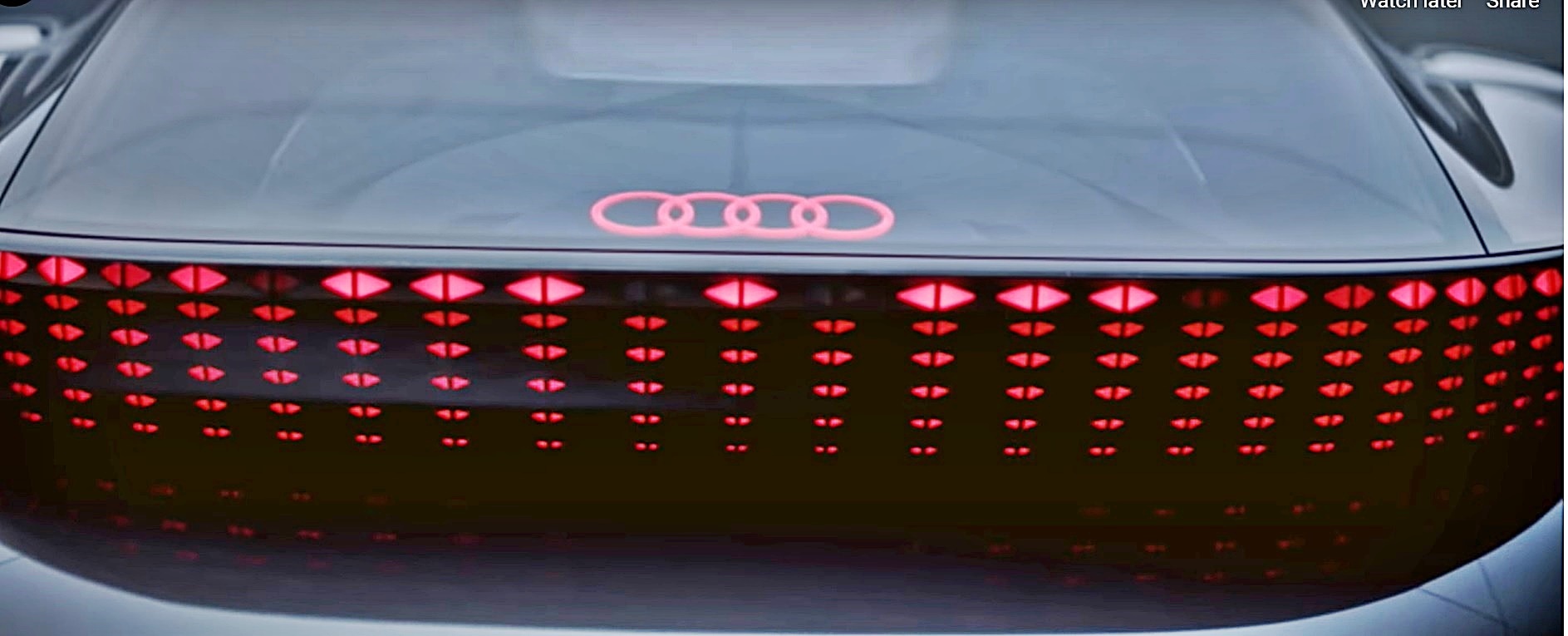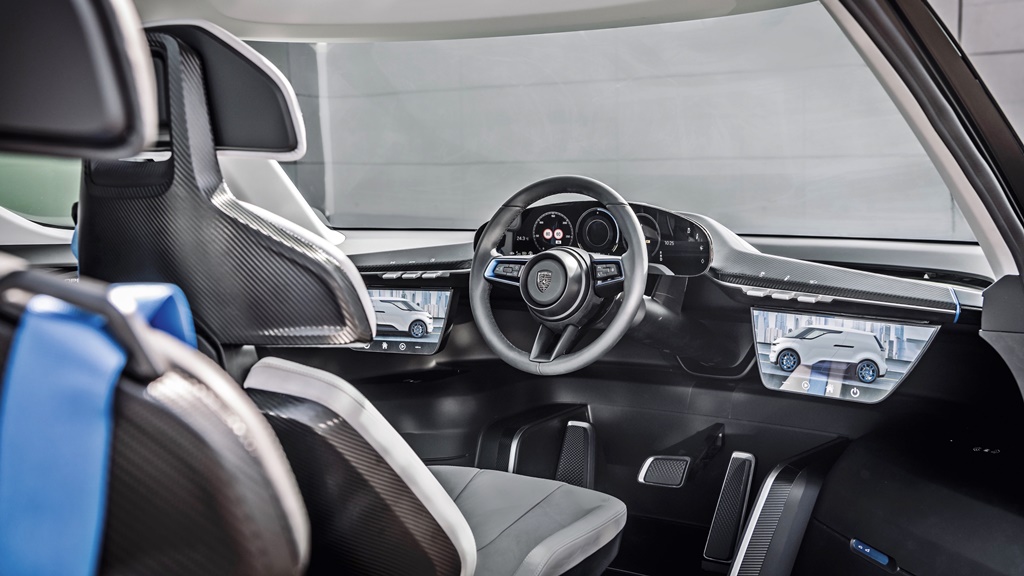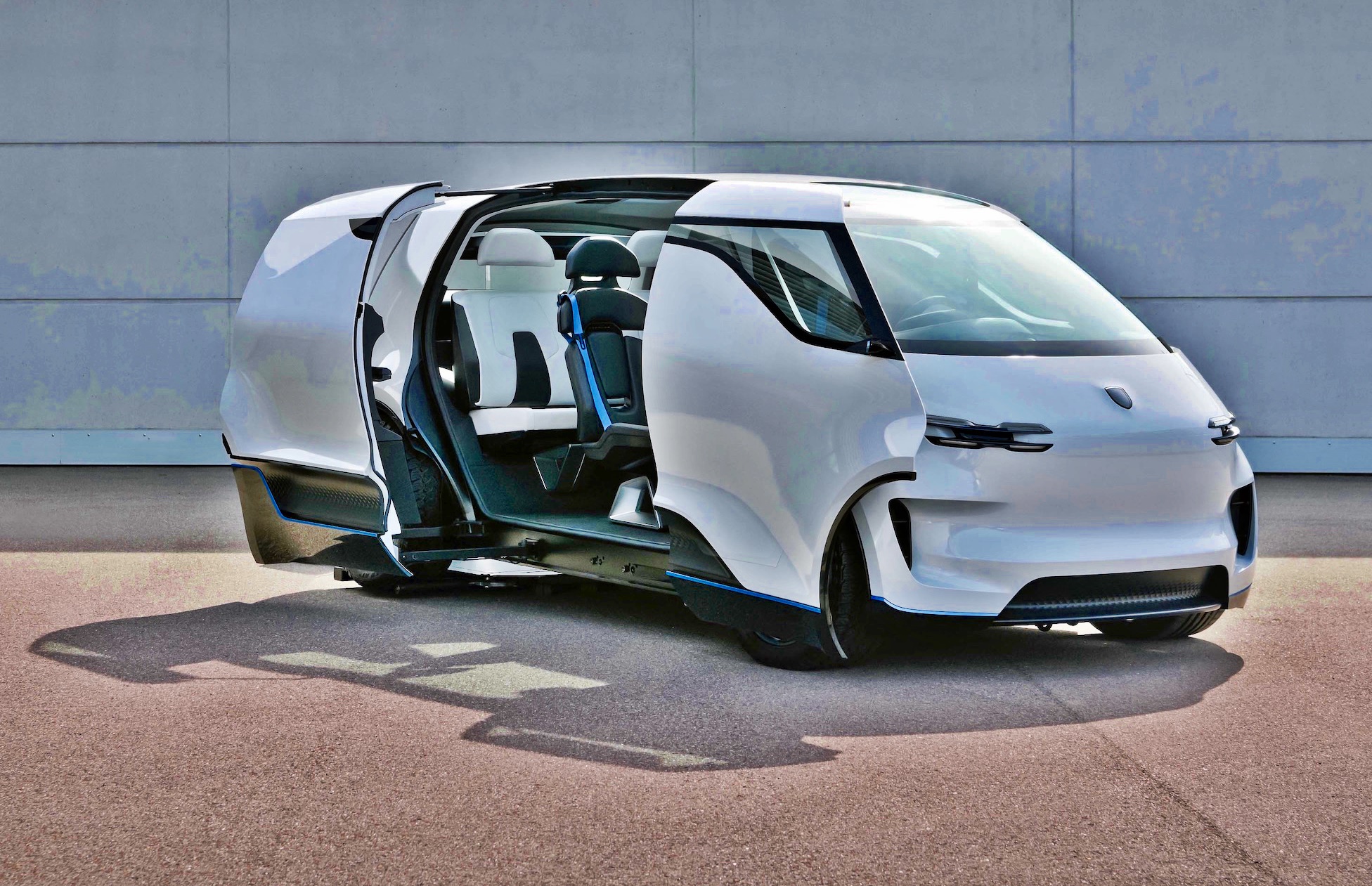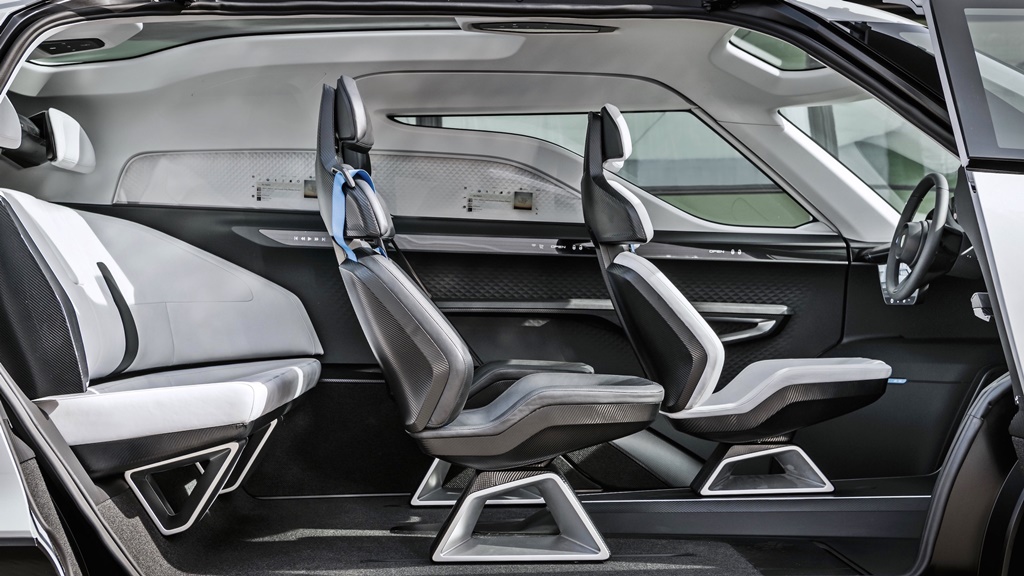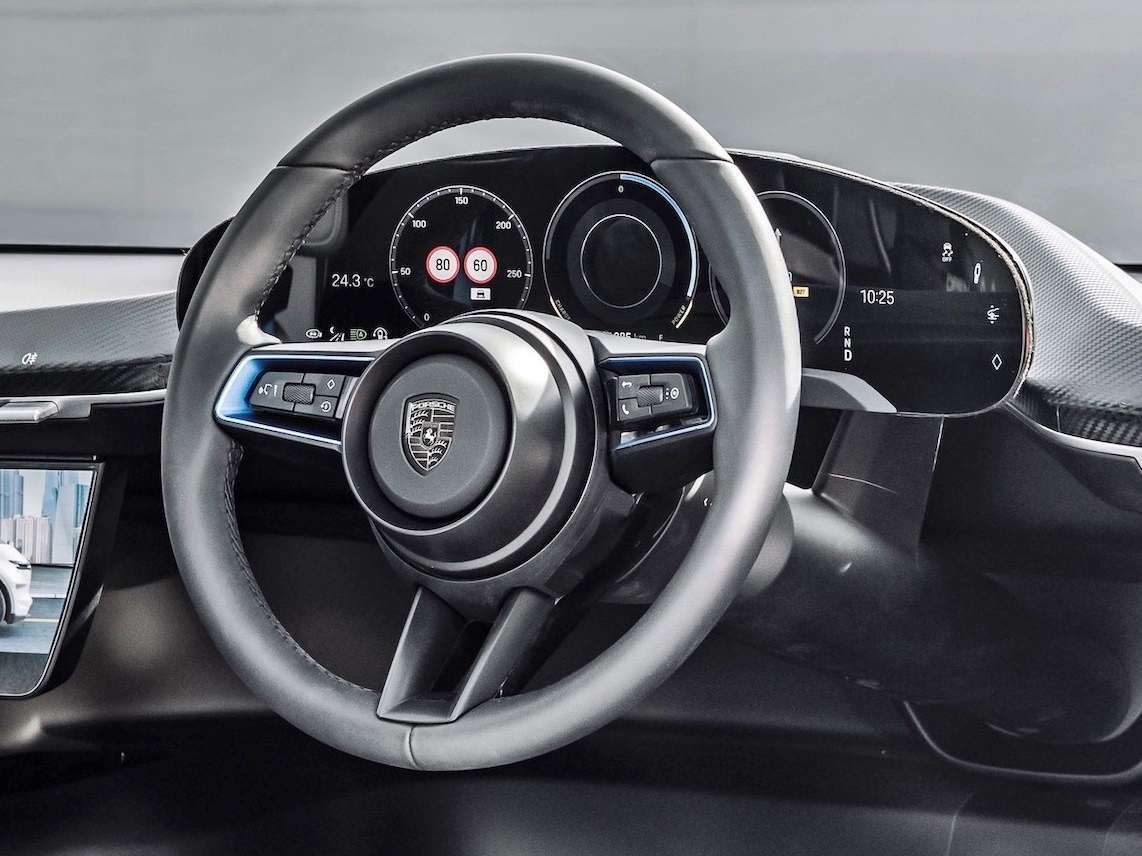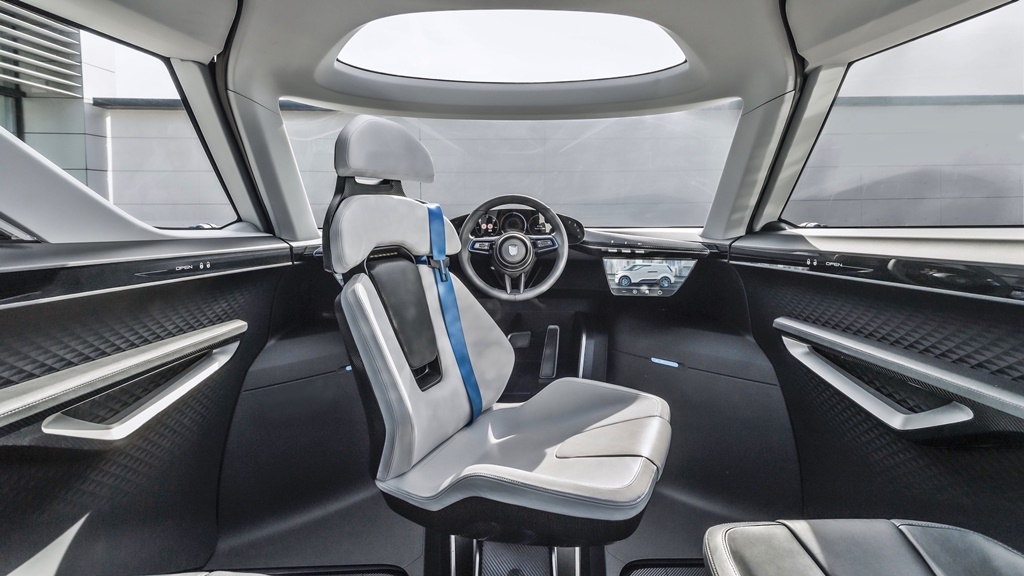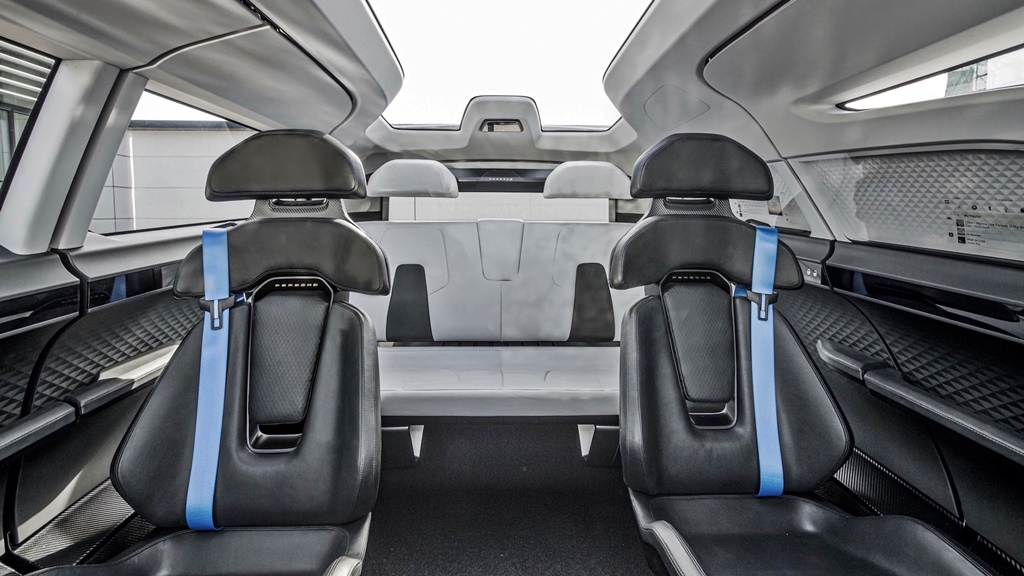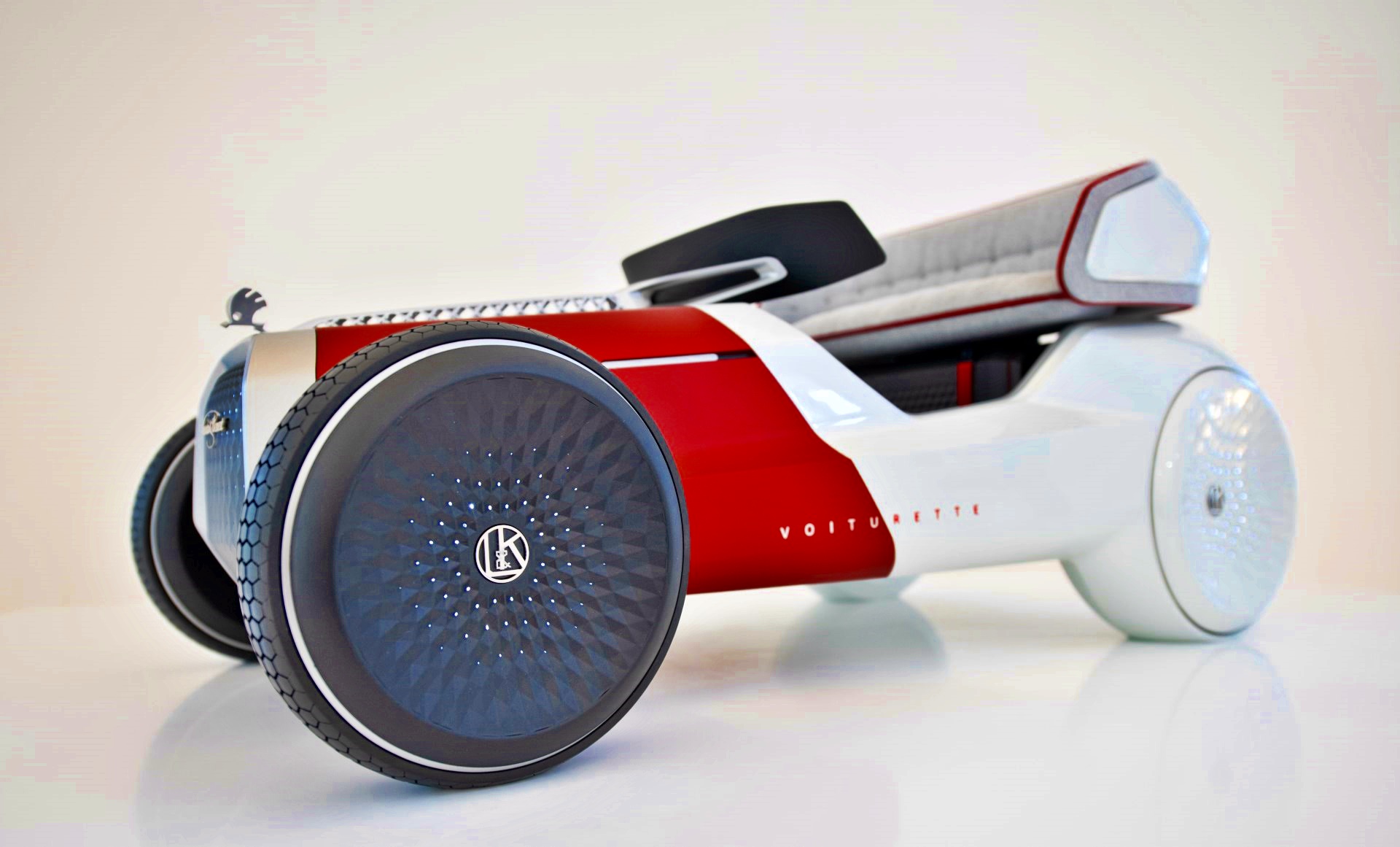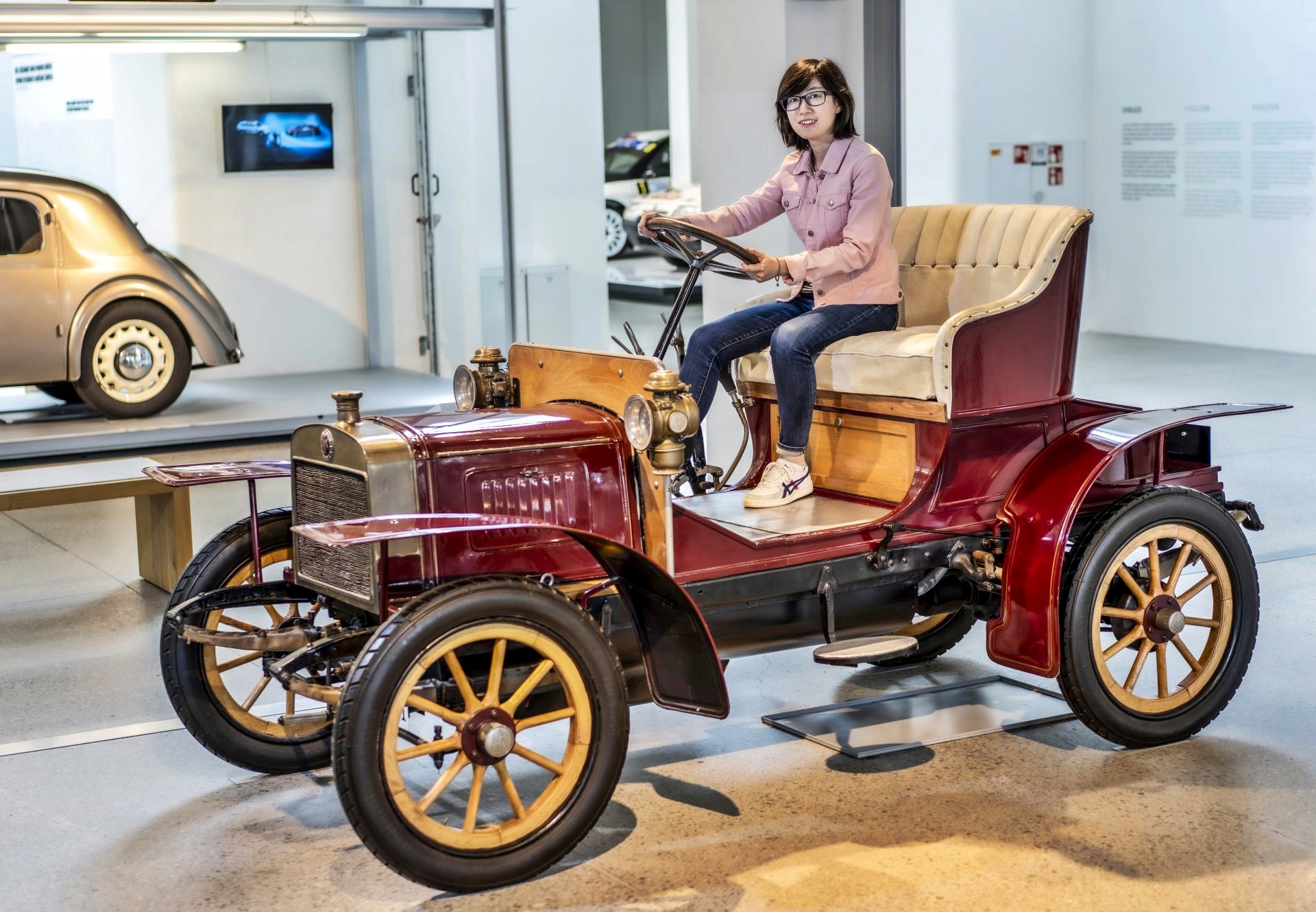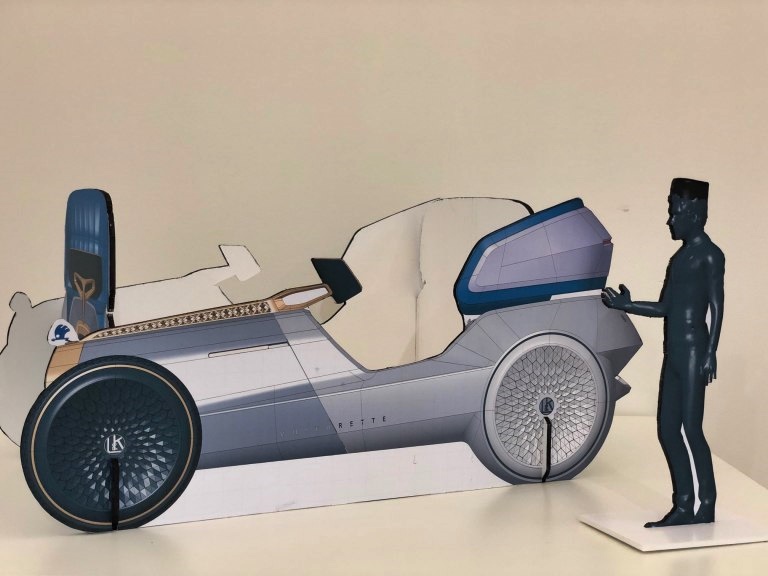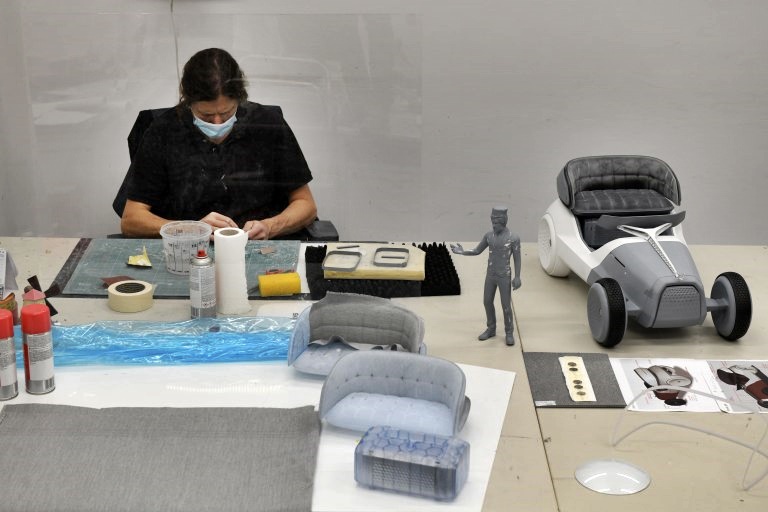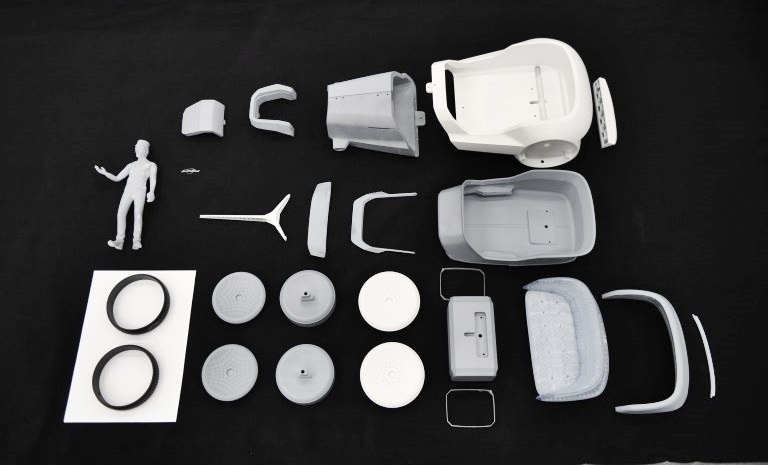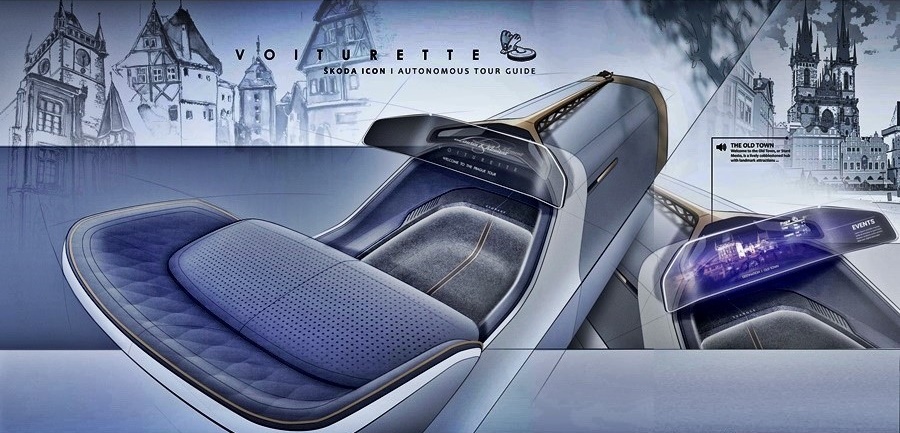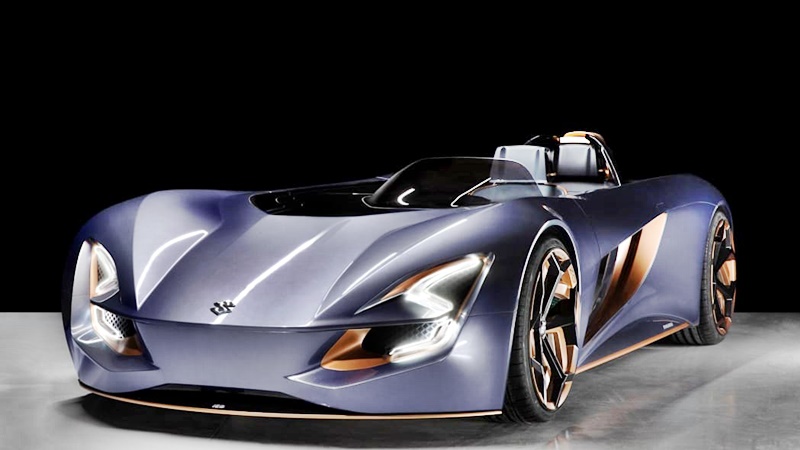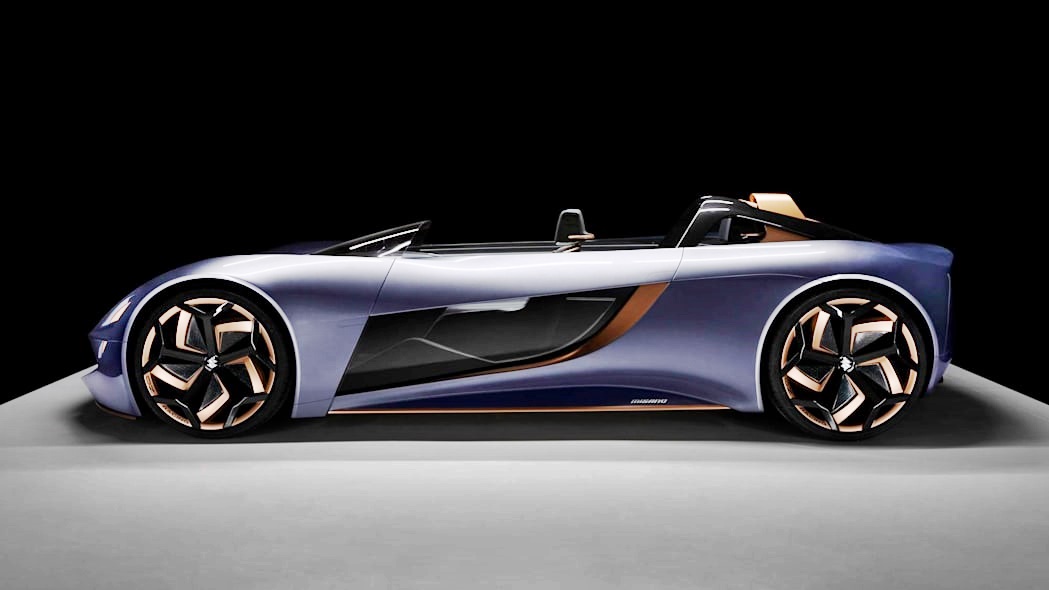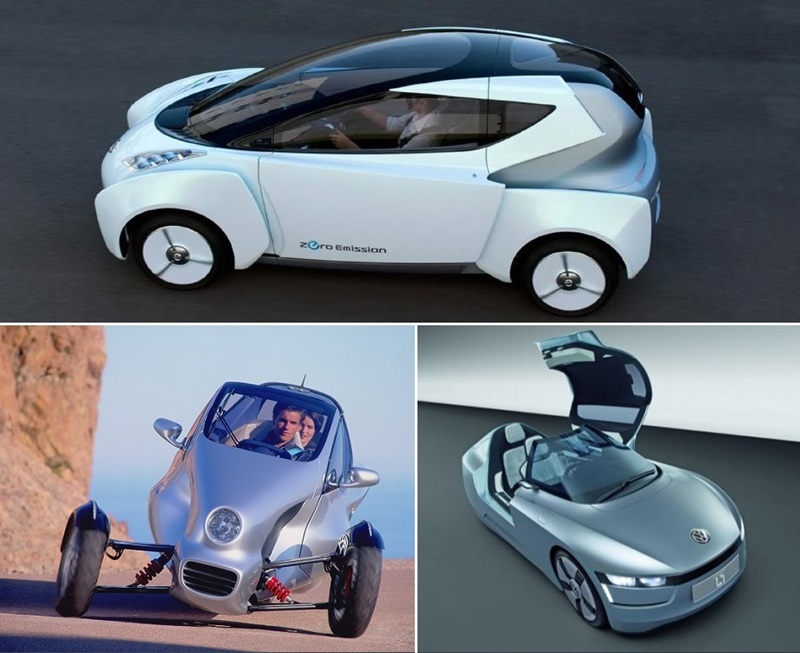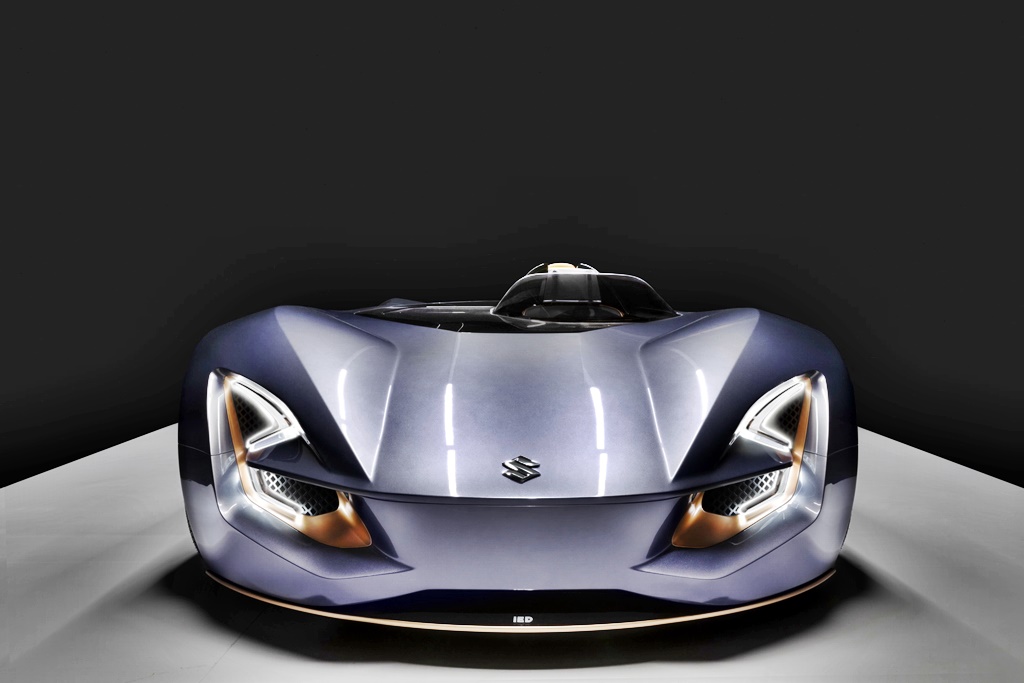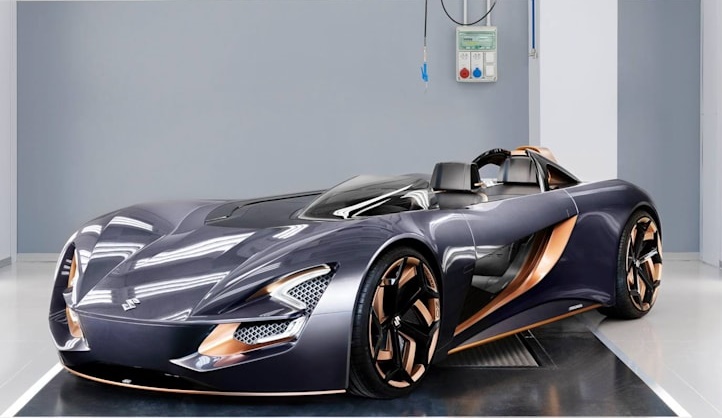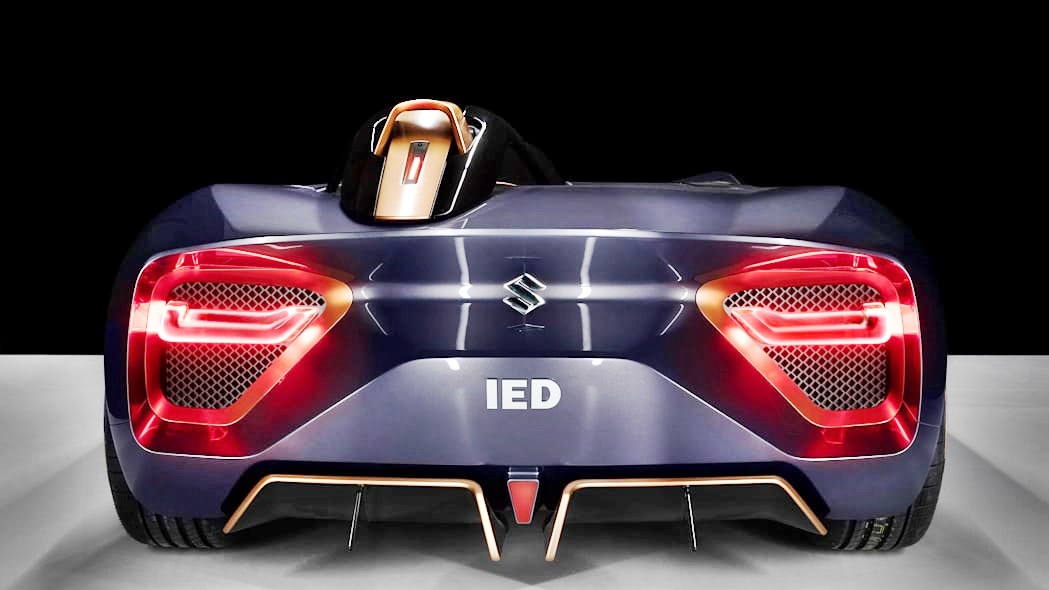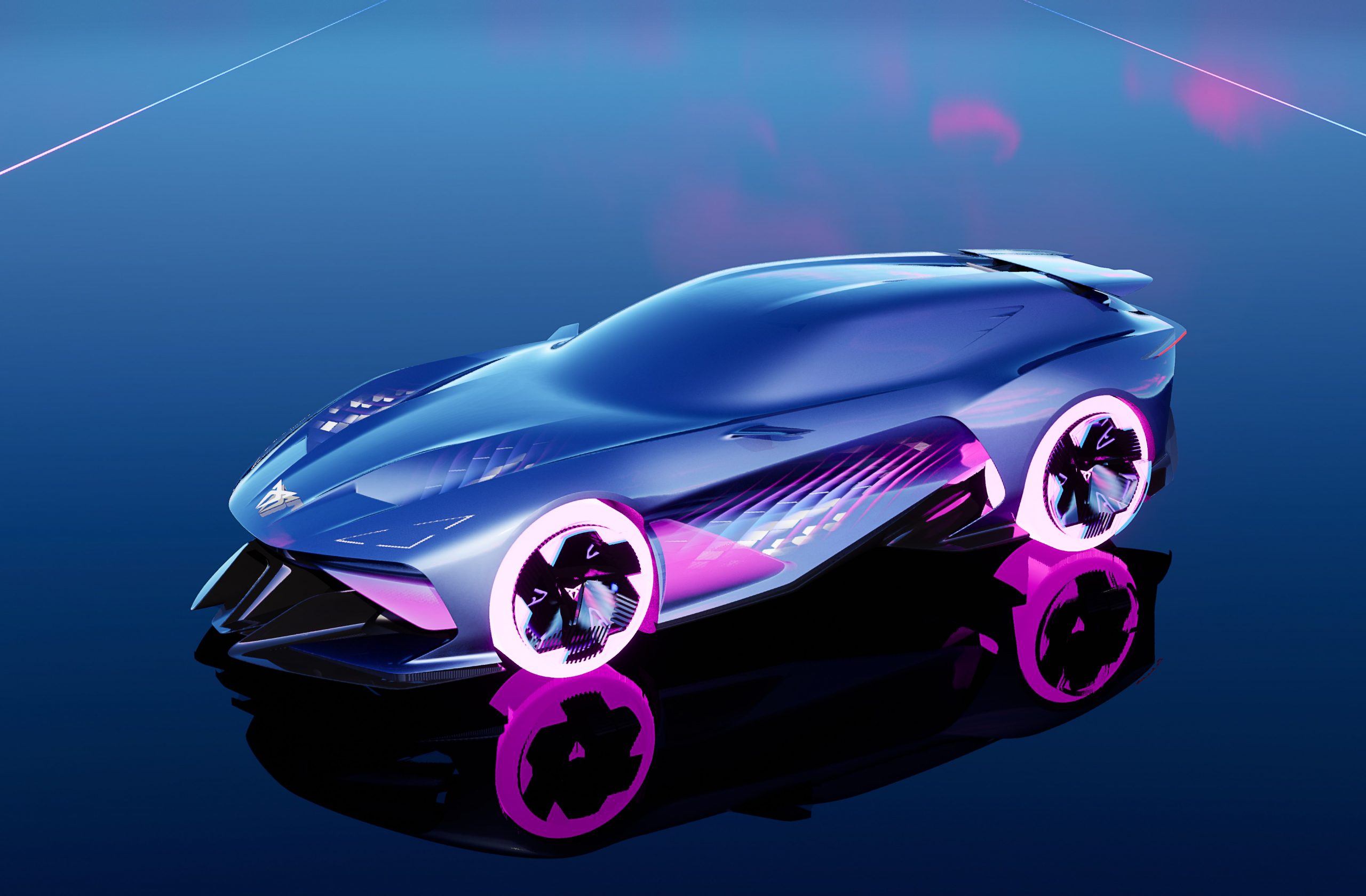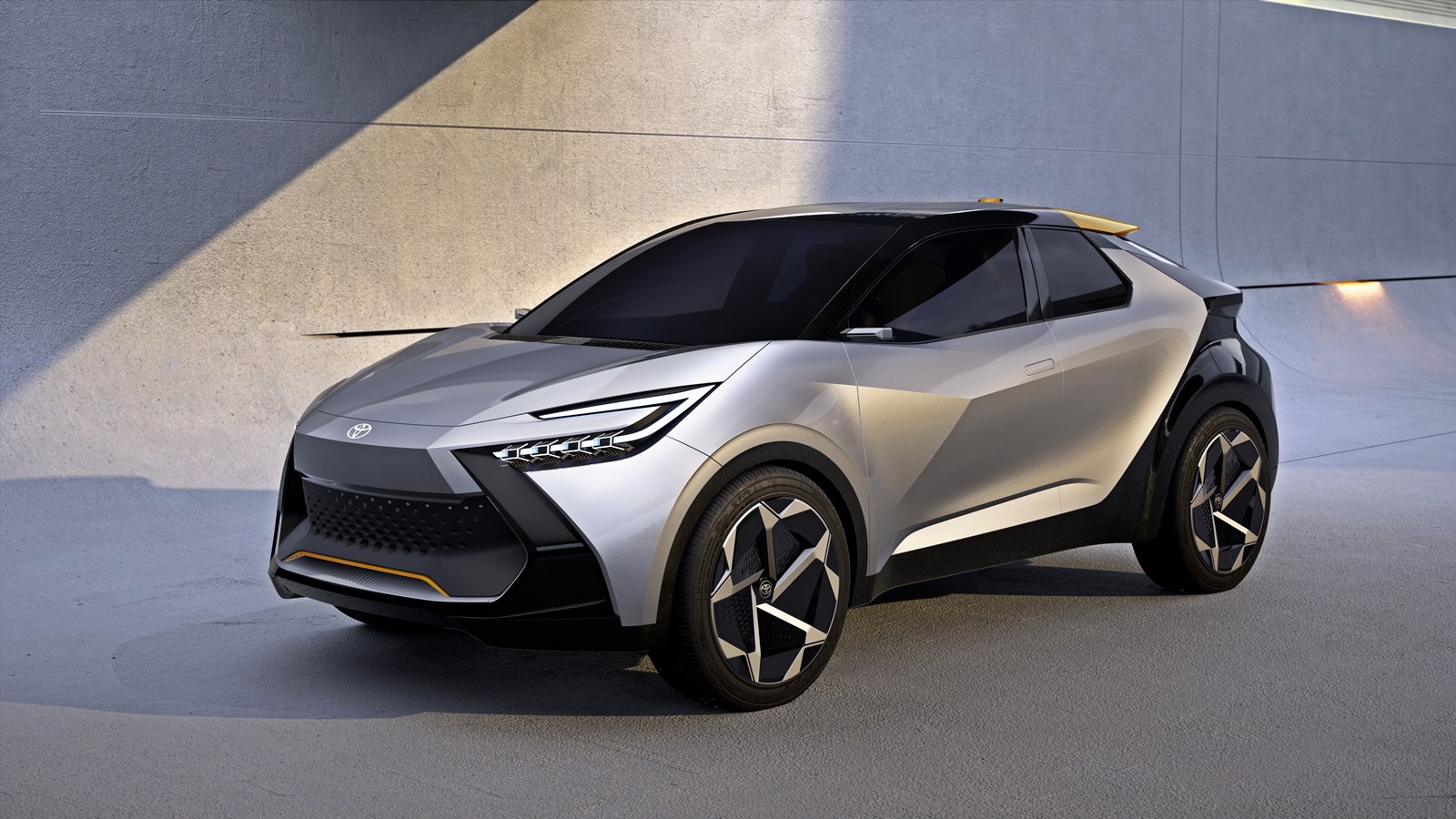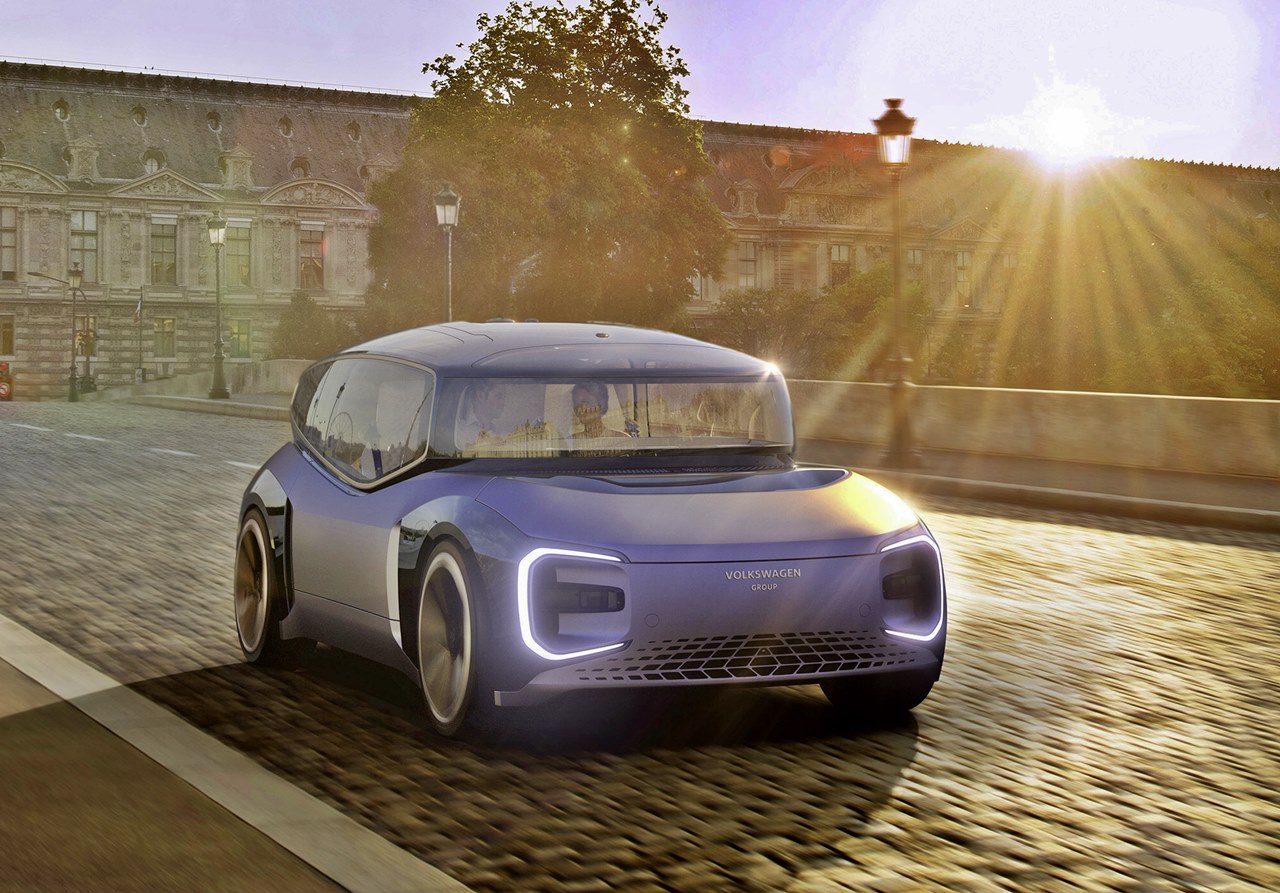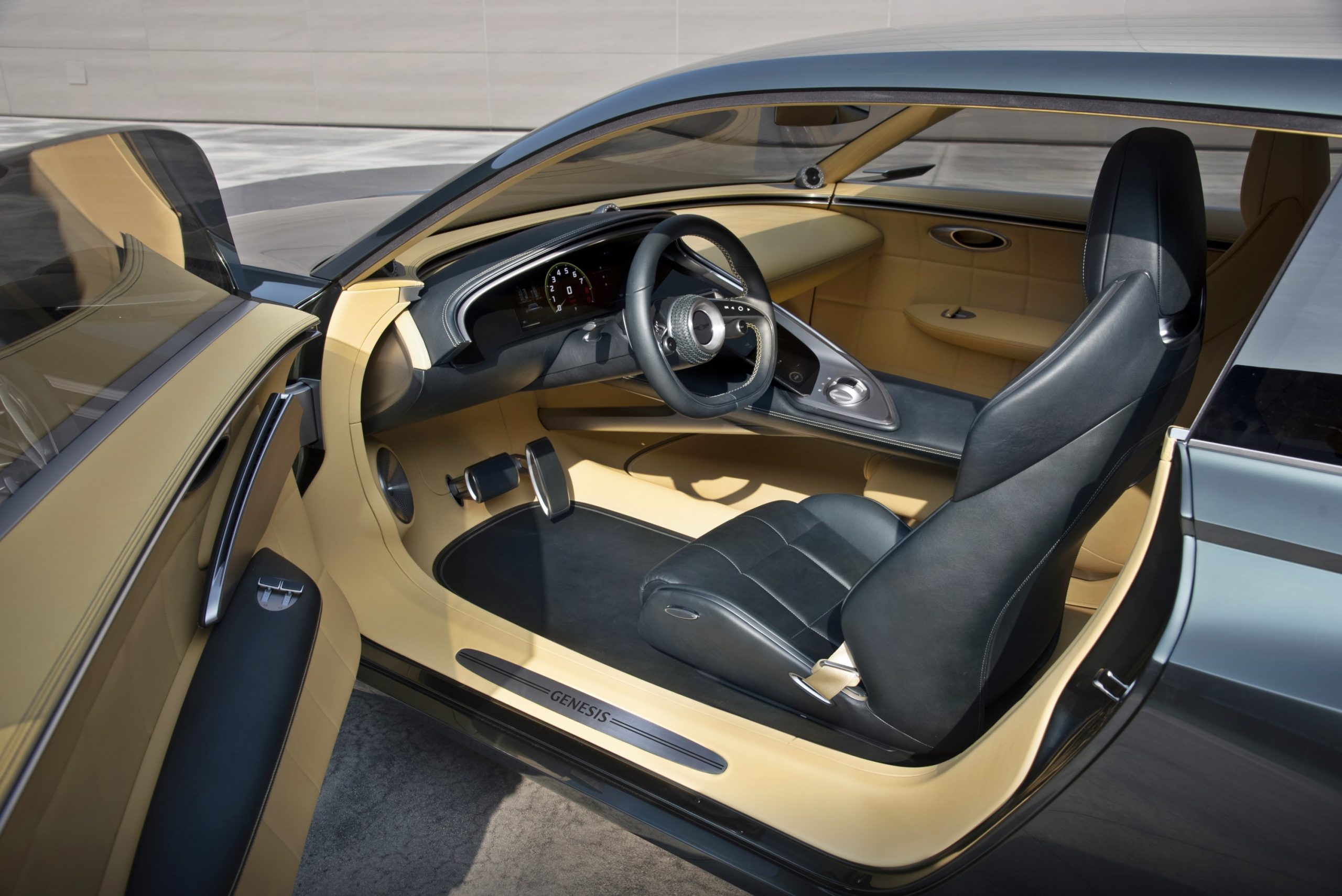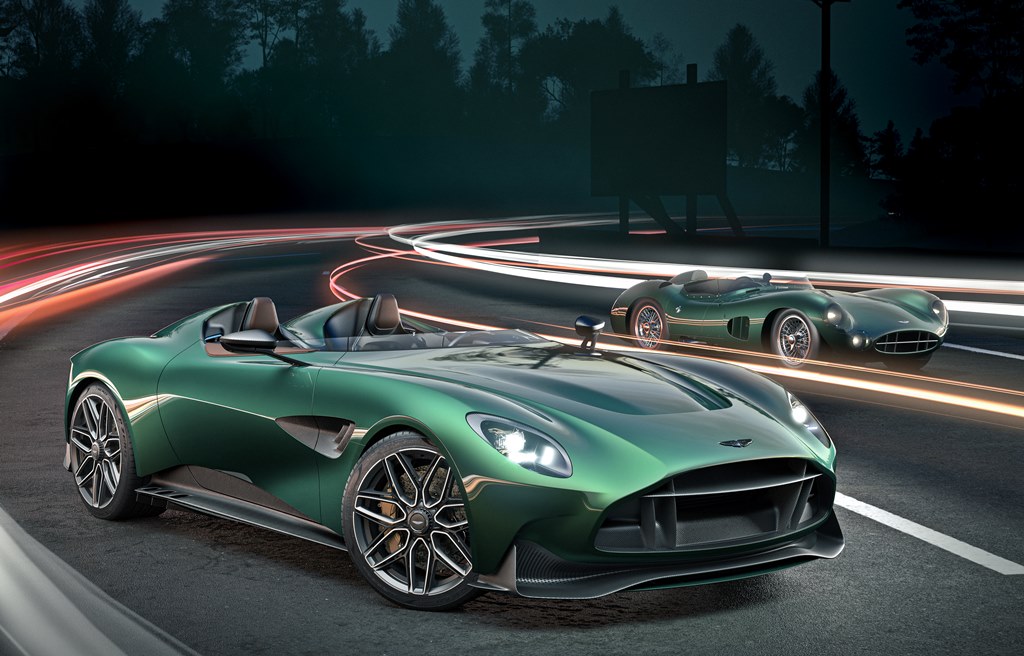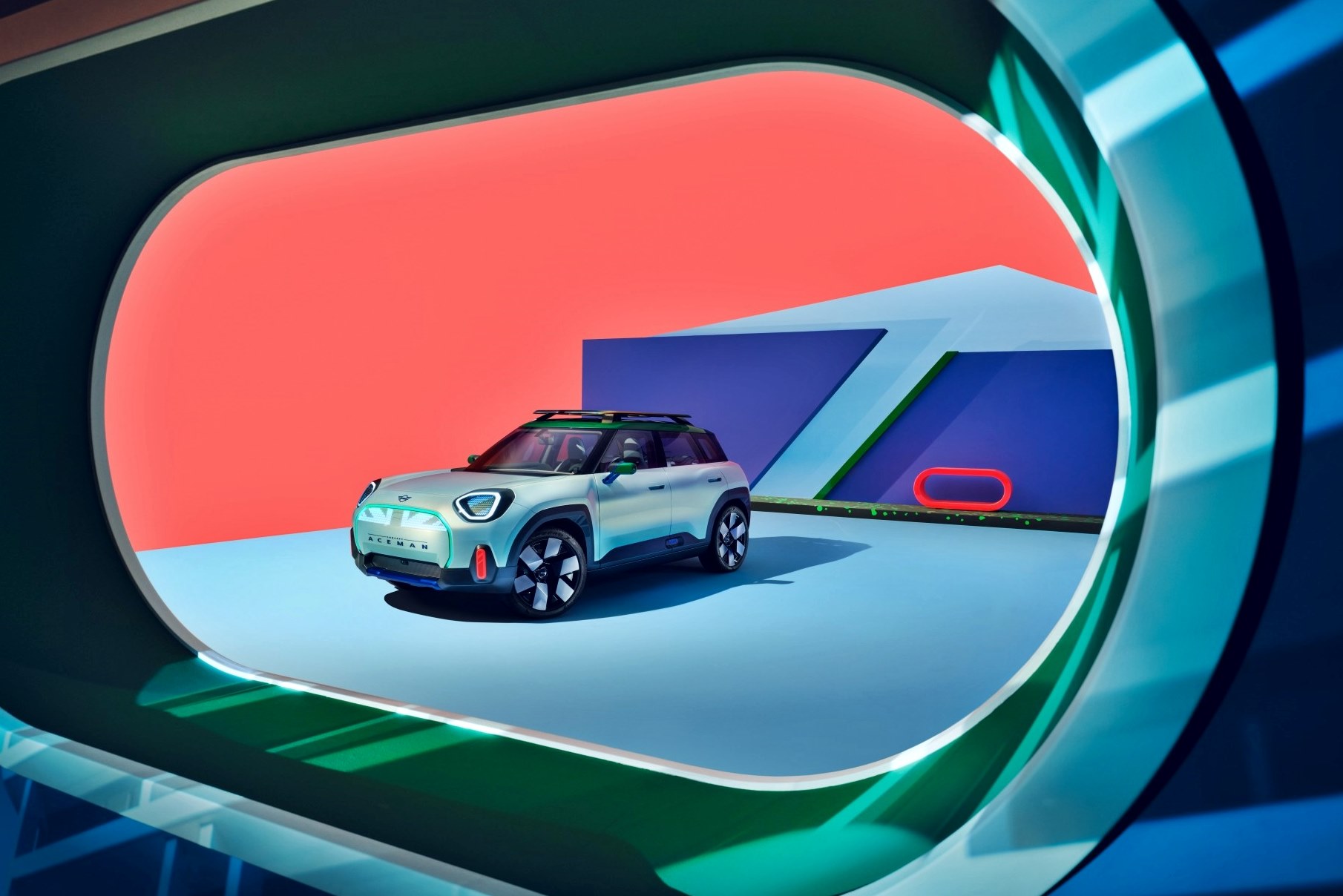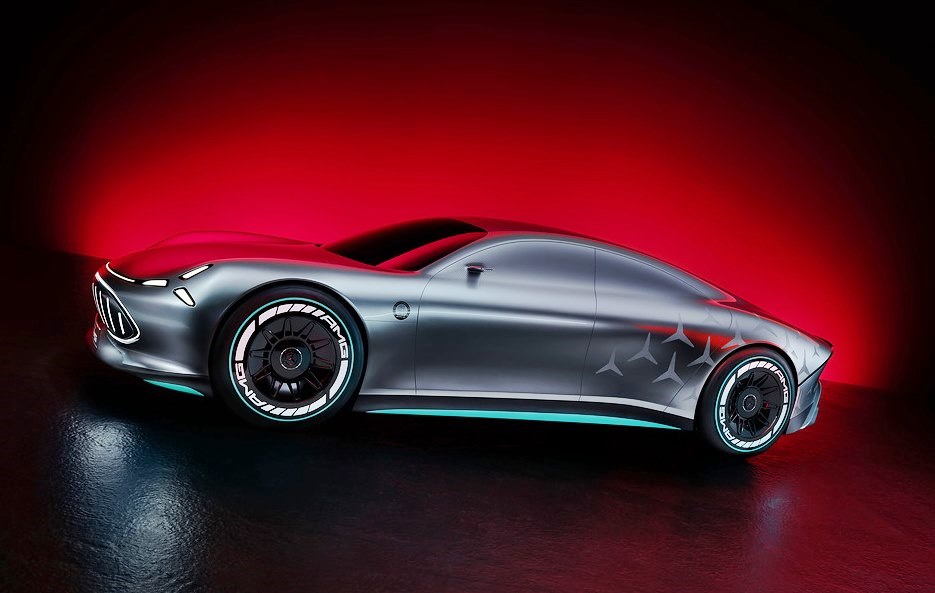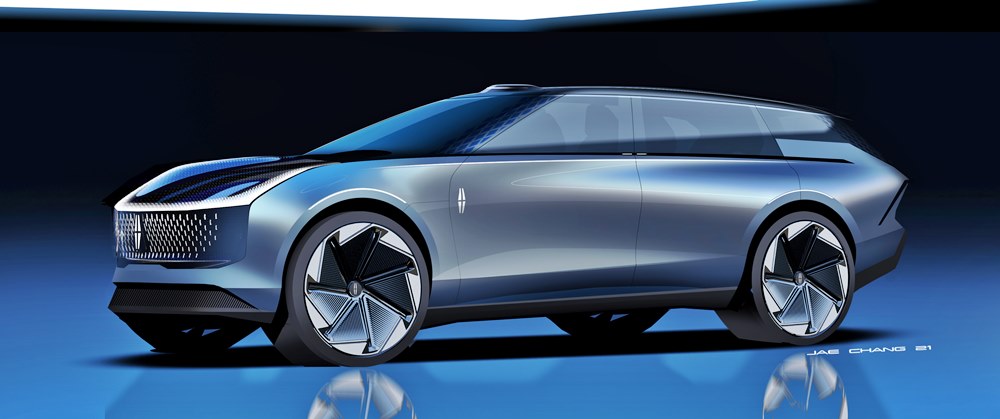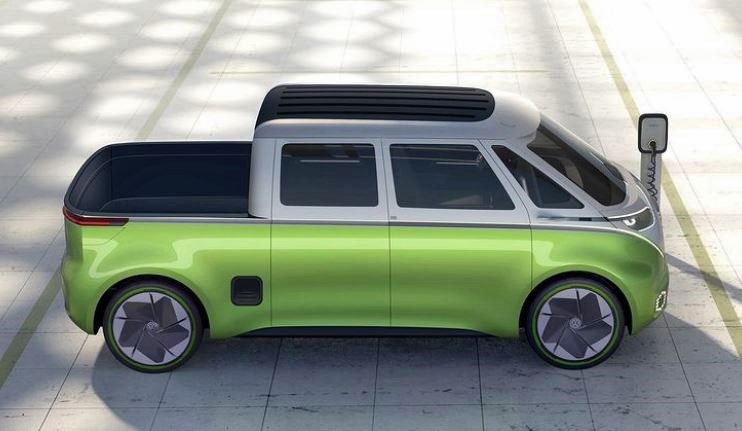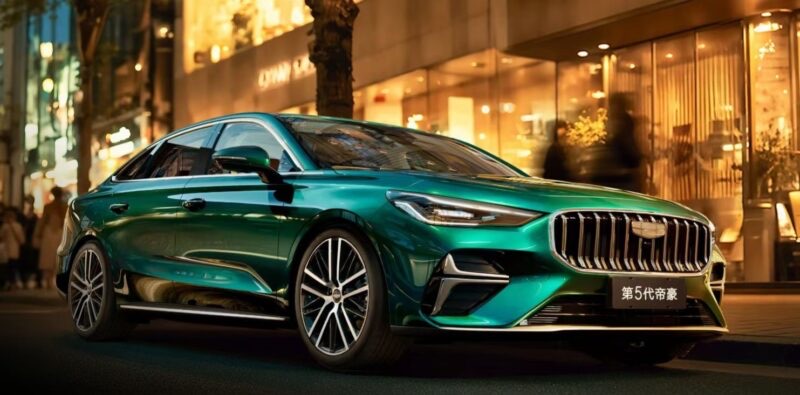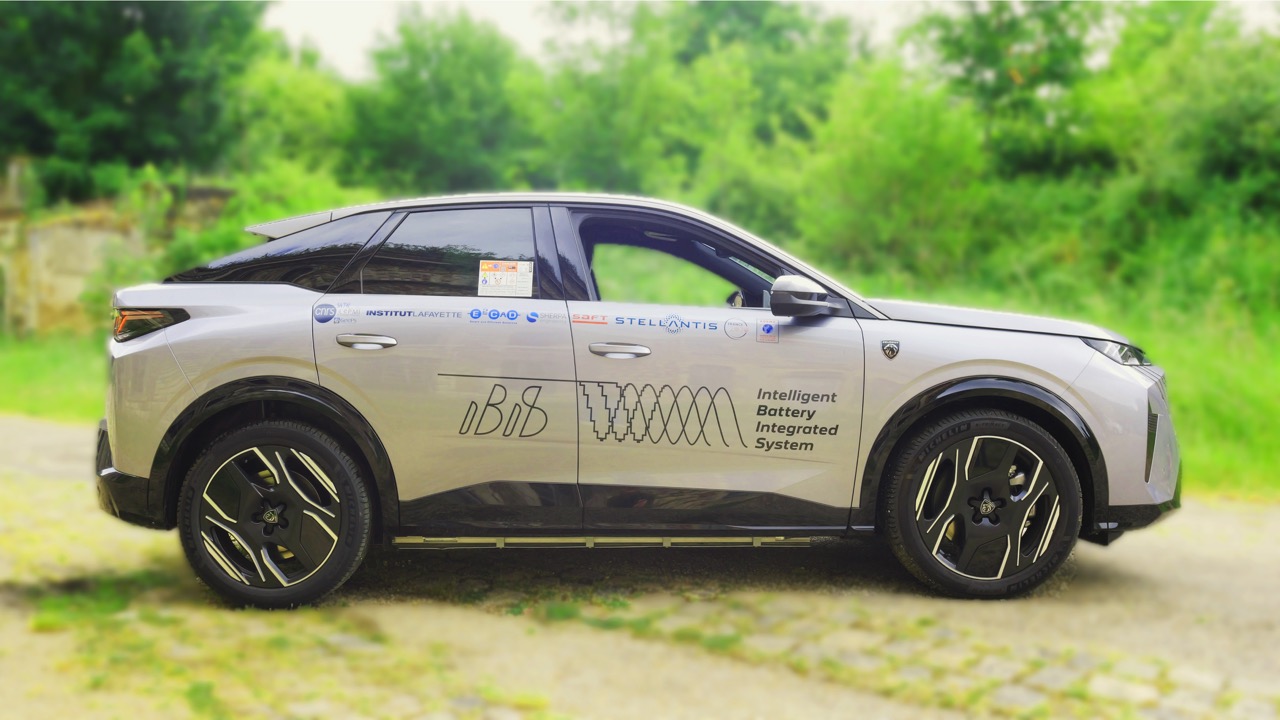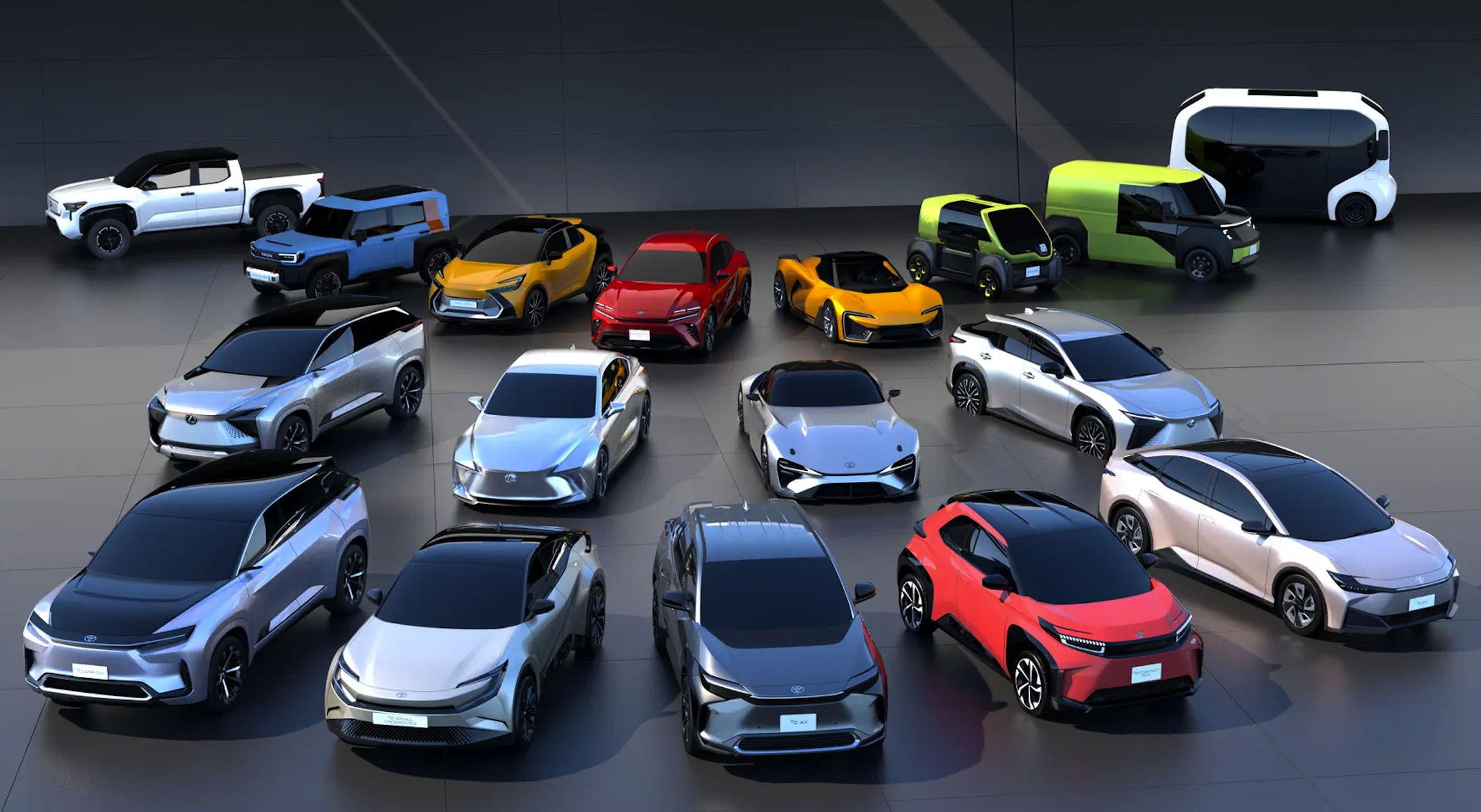The Mission R concept racing car shown at the International Motor Show (IAA) in Munich last month drew a lot of attention. It was conceived to give an idea of how the all-electric Porsche racing car of the future could be like. Though the car displayed looked completely ready to be produced, Porsche has stressed that it is ‘just a vision’ – for now. It gives a preview of the design language and future technology that must be under development now.
The design – both the exterior and interior – fascinates, polarises and fuels lively debate. But while most concept cars are just 3-dimensional design studies without and engine or much technology under the skin, the Mission R is a capable racer that can be put on a track today. In fact, it is already being used as a rolling racing laboratory, according to Michael Behr, the technical manager for the project.
“That’s the Porsche philosophy,” he said, “This prototype is, of course, a showcar at this point, yet it also meets the highest technical standards.” Beneath its shell, the car represents the fulfilment of Porsche’s strategy on sustainability and social responsibility. While the company is already operating on an all-electric basis in Formula E, uses synthetic fuels in the Porsche Mobil 1 Supercup, and is developing a new hybrid racer for endurance events, the Mission R will bring electric technology to customer racing as well.
Even before the car was on display, development engineers were running the platform without the striking shell. Their jobs are with massive deadline pressure, so they need to focus on work as much as possible. The first functional test, less than 6 months before the car’s premiere at the IAA, was a key milestone. Many components were still provisional at that time point and the steel subframe was suffice for the roll-out; the final composite cage has yet to be created. The seat, steering wheel, and pedals were borrowed from existing racing cars, while the rims still lacked the central lock hubs.
The Mission R, as presented, boasts all-wheel drive and 800 kW (1,088 ps) output. The power is supplied by 2 electric motors linked to a single-speed transmission. With a target weight of less than 1,500 kgs, the car should manage the sprint from 0 to 100 km/h in less than 2.5 seconds. Depending on the choice of gear ratio, it can go beyond 300 km/h.
Thanks to the direct cooling of the stator – the stationary element of the electric machine in which the rotor rotates – the motors deliver exceptionally high continuous power. The racing car makes do with just one oil cooling circuit and without a single drop of water. The direct oil cooling of the high-voltage battery is based on an innovation developed for the 3-time Le Mans winner, the Porsche 919 Hybrid. The chassis, too, is advanced racing technology and features a double-wishbone front axle.
“At the same time, we did our utmost to leverage the last bit of lightweight potential in every detail,” said Behr. For example, the 3D-printed transmission case cover is 30% lighter than a cast one. The additional braking power during recuperation made it possible to shave 12 kgs off the braking system. The composite outer skin is not just feather-light but also sustainable. It consists mainly of natural fibre, supplemented by carbonfibre components.
The natural fibres are roughly as light as carbonfibres and deliver the stiffness required for semi-structural components with a low additional weight of less than 10%. Compared with conventional plastics, natural fibres have an ecological benefit: 85% less CO2 is generated in their production than in the comparable process used for carbonfibres.
Under the futuristic body, the designers are also exploring a new roll-over protection concept. Instead of a conventional steel cell welded to the bodyshell, there is a cage structure made of carbonfibre reinforced plastic (CFRP) to protect the driver. The safety cage is integrated directly into the roof and is visible from the outside via transparent segments.
Over the last few years, the Mission E (2015) and Mission E Cross Turismo (2018) concept studies have been previews of Porsche’s first all-electric sports car model series to come. From them came the Taycan in 2019 and, more recently, the Taycan Cross Turismo which had similarities in terms of appearance and technology. Now, with the Mission R, Porsche is showing the direction it is taking with future racing cars so while they say it is ‘just a vision’, perhaps when the actual production model appears, we will be recalling this concept car of 2021.
Prototypes and studies Porsche has never before shown to the public

